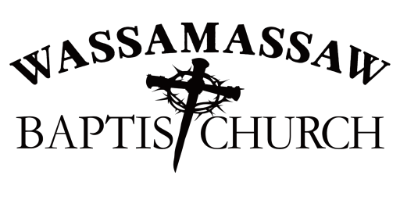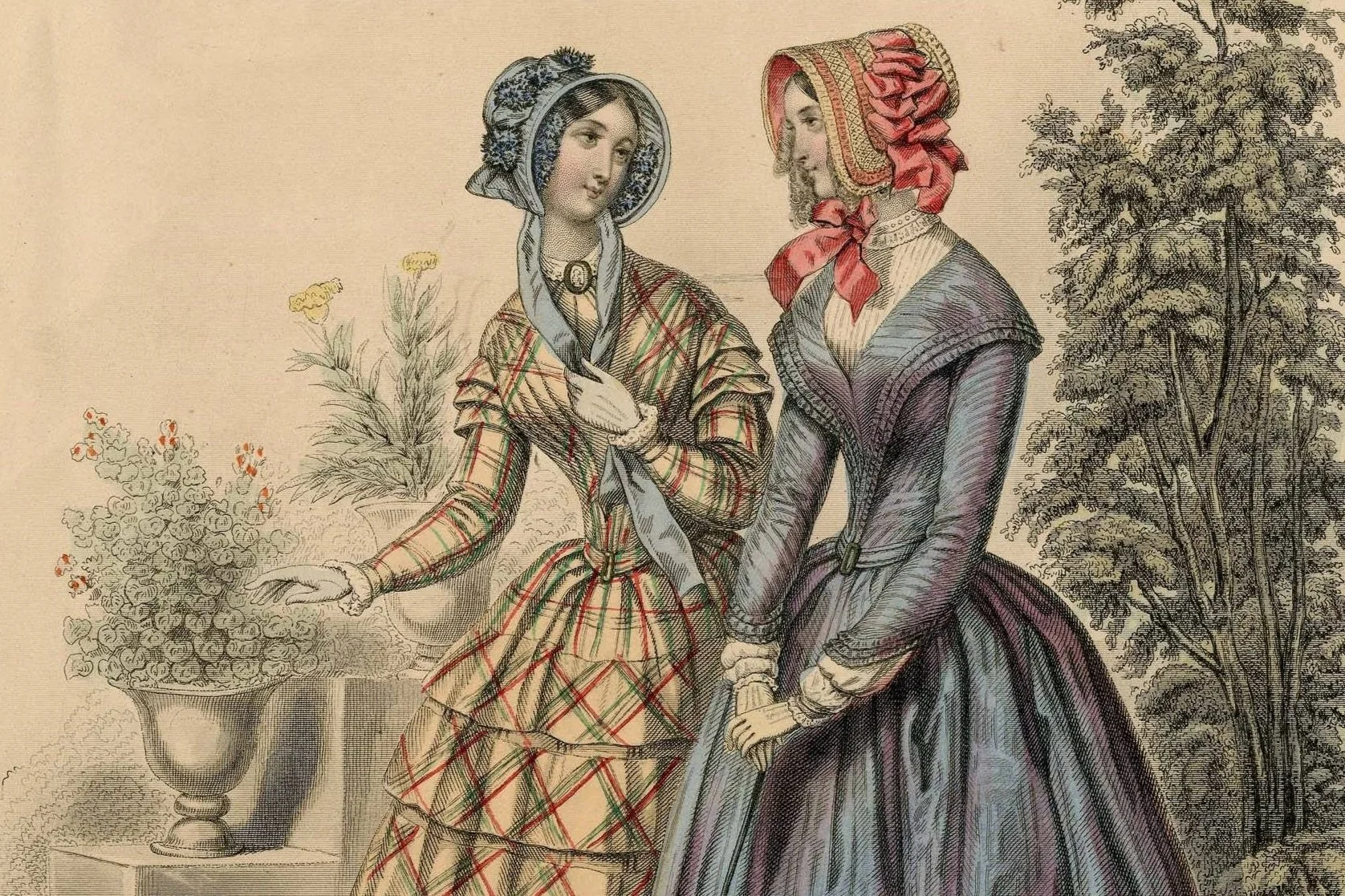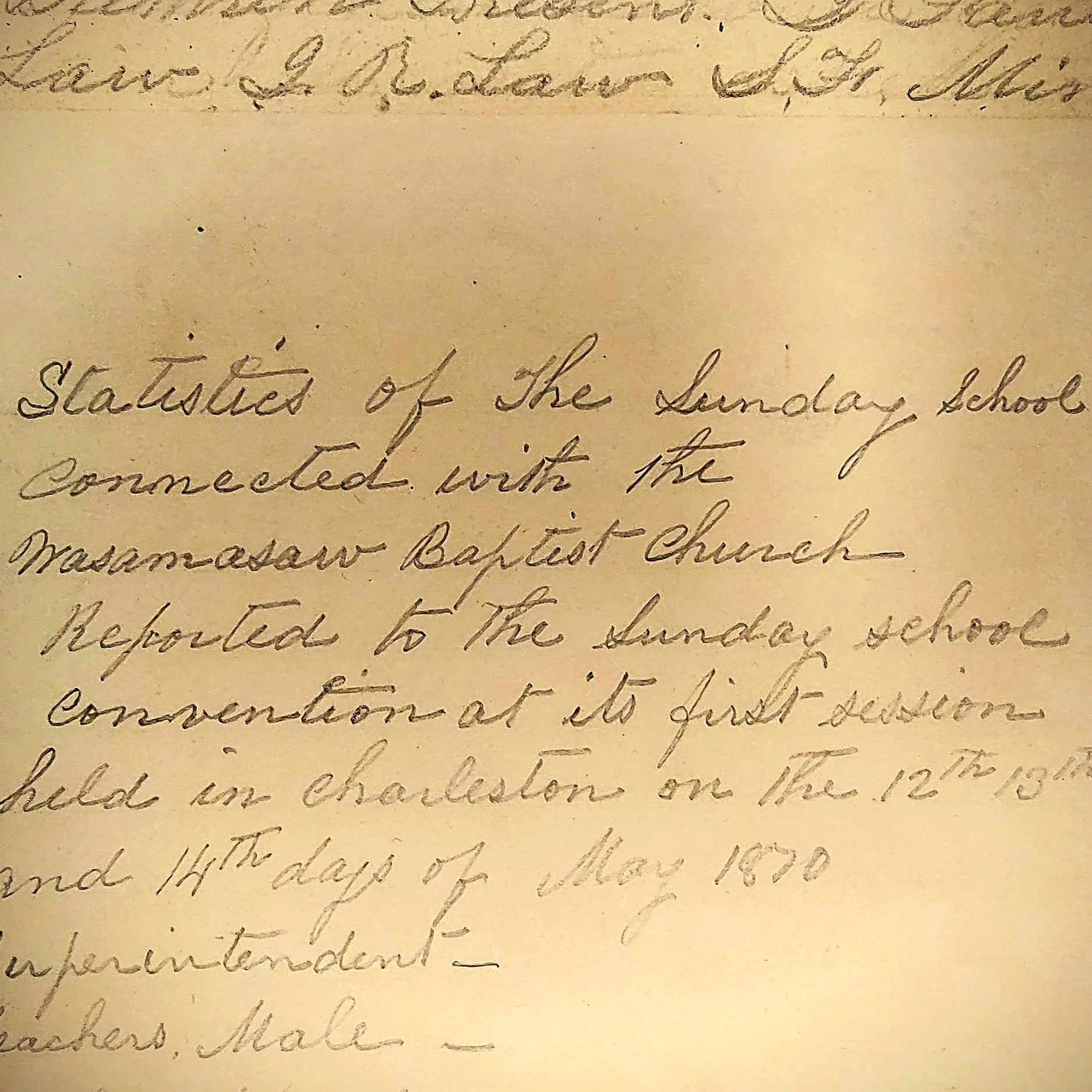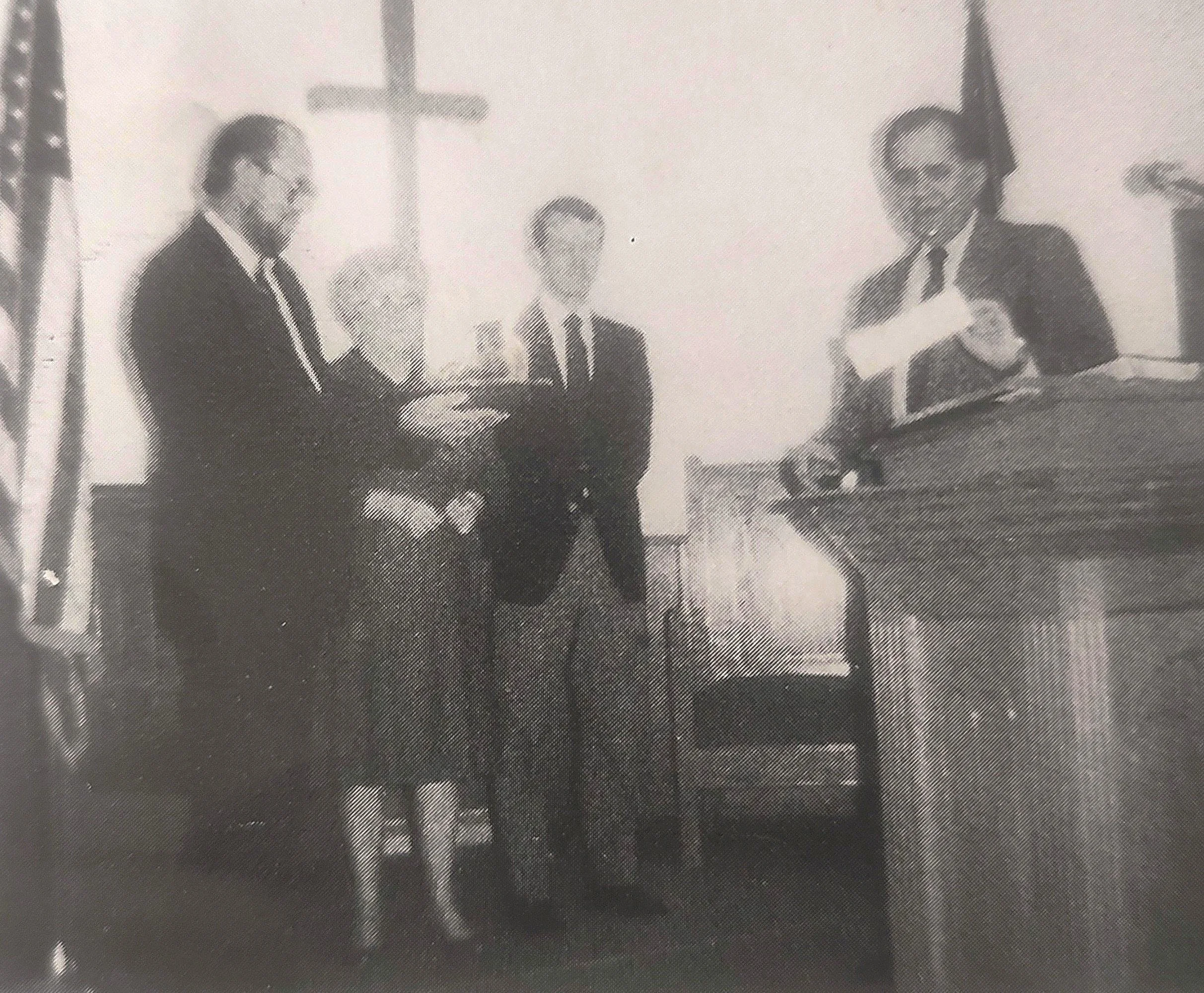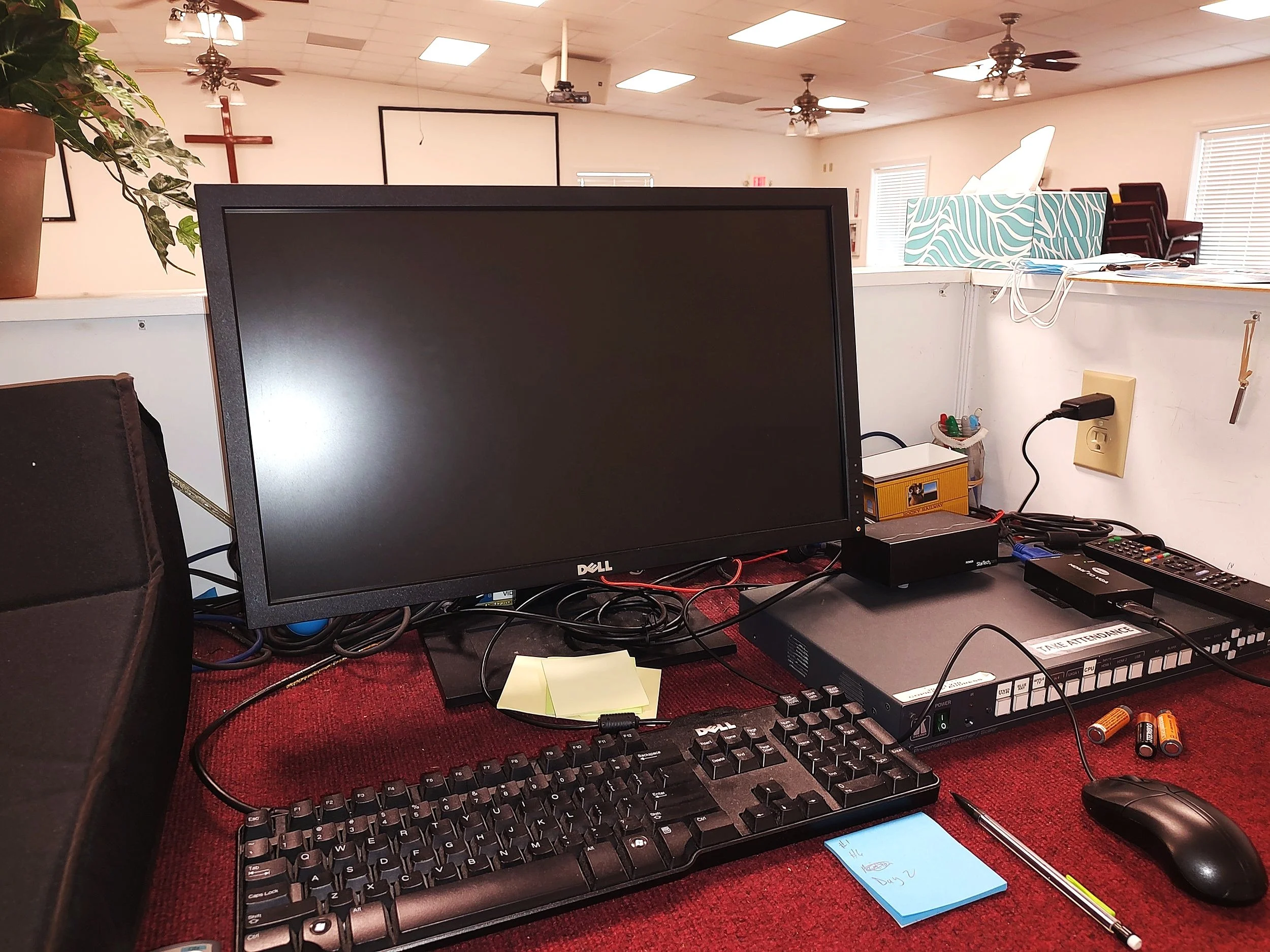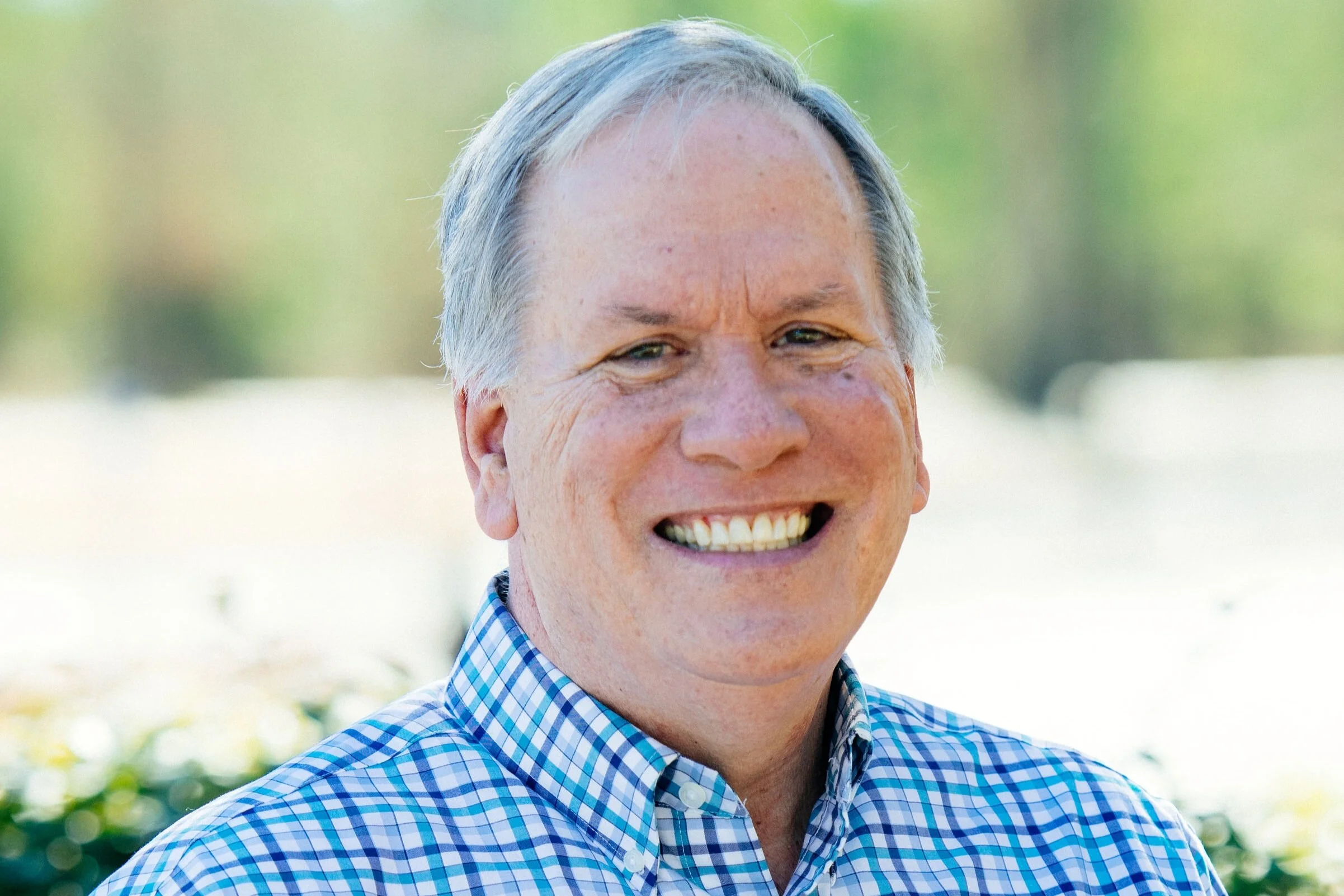


For over two centuries, Wassamassaw Baptist Church has stood the test of time as a modest example of the strength and perseverance of its community. Located just 30 miles outside of Charleston, this small rural church has been a conduit for God's work since the time following the Revolutionary War, and it continues to persevere to this day.
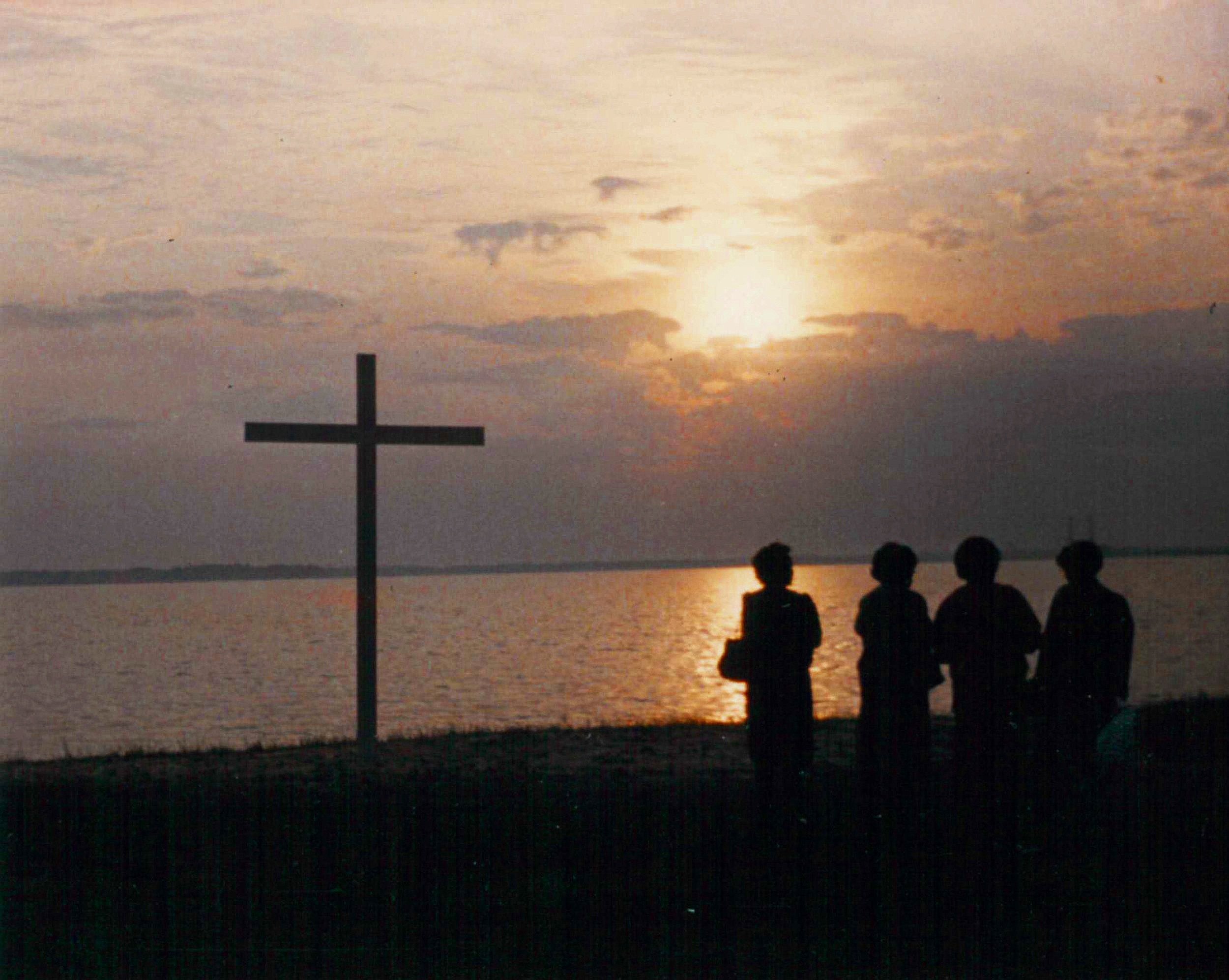
Wassamassaw Baptist Church was established in 1784 with 29 members. They joined the Charleston Association in 1801 and were a charter member of the Screven Baptist Association in 1950.

In 1784, Rev. Ralph Bowman led 29 Christians as the first pastor of Wassamassaw Baptist Church. He served until 1800, passing away in 1801.
Many members of the founding congregation originally came from Lynches Creek Baptist Church, situated in close proximity to Florence, SC, on the PeeDee River. The site chosen for the church was the abandoned, ruined Anglican Chapel of Ease following the Revolutionary War. Among the factors that influenced the selection of this location was the presence of water springs that could be utilized for immersion baptisms.
The founding members of Wassamassaw Baptist Church entered into a mutually beneficial agreement with the Anglican Church whereby they could use their property to establish their own place of worship. The Anglican congregation generously provided funding for two free faith-based schools. In turn, the Baptist congregations of two churches, Wassamassaw and Bethlehem Baptist in Groomsville, oversaw the day-to-day operations of these institutions by providing both the teachers and the students. This collaborative arrangement proved to be highly successful and lasted for almost a century.



Wassamassaw, a word that has had various spellings in the past, is a Native American word meaning "connecting water.”
*According to minutes of the Charleston Baptist Association: “The name of this church has had three spellings: Wassemsaw, 1801; Wassamsaw, 1803; Wassamassaw, later.”
*According to minutes of the Charleston Baptist Association: “The name of this church has had three spellings: Wassemsaw, 1801; Wassamsaw, 1803; Wassamassaw, later.”
Wassamassaw Baptist Timeline
Sources Cited:
West, W. Edgar, Sr. Berkeley County Baptist. Edited by B. Wallace Edwards. 1953. pp. 14-25.
Heitzler, Michael J. Ed. D. Wassamassaw and Beyond. City of Goose Creek, S.C. June 2017.
“There are no records in the possession of the Wassamassaw Baptist Church earlier than October 1828. On the front of the oldest book now in existence is this inscription ‘For the records of the Wassamassaw Baptist Church from January, 1812, to October 1828, see the old church records.’ This indicates that there were at least two books that have been lost. However, gleanings from various records throw light upon these years.”
Excerpt from Berkeley County Baptists by W. Edgar West, Sr., a Retired Baptist Minister
Information from these various records has been included below in the following timeline: (Please scroll to the right to view the complete timeline)
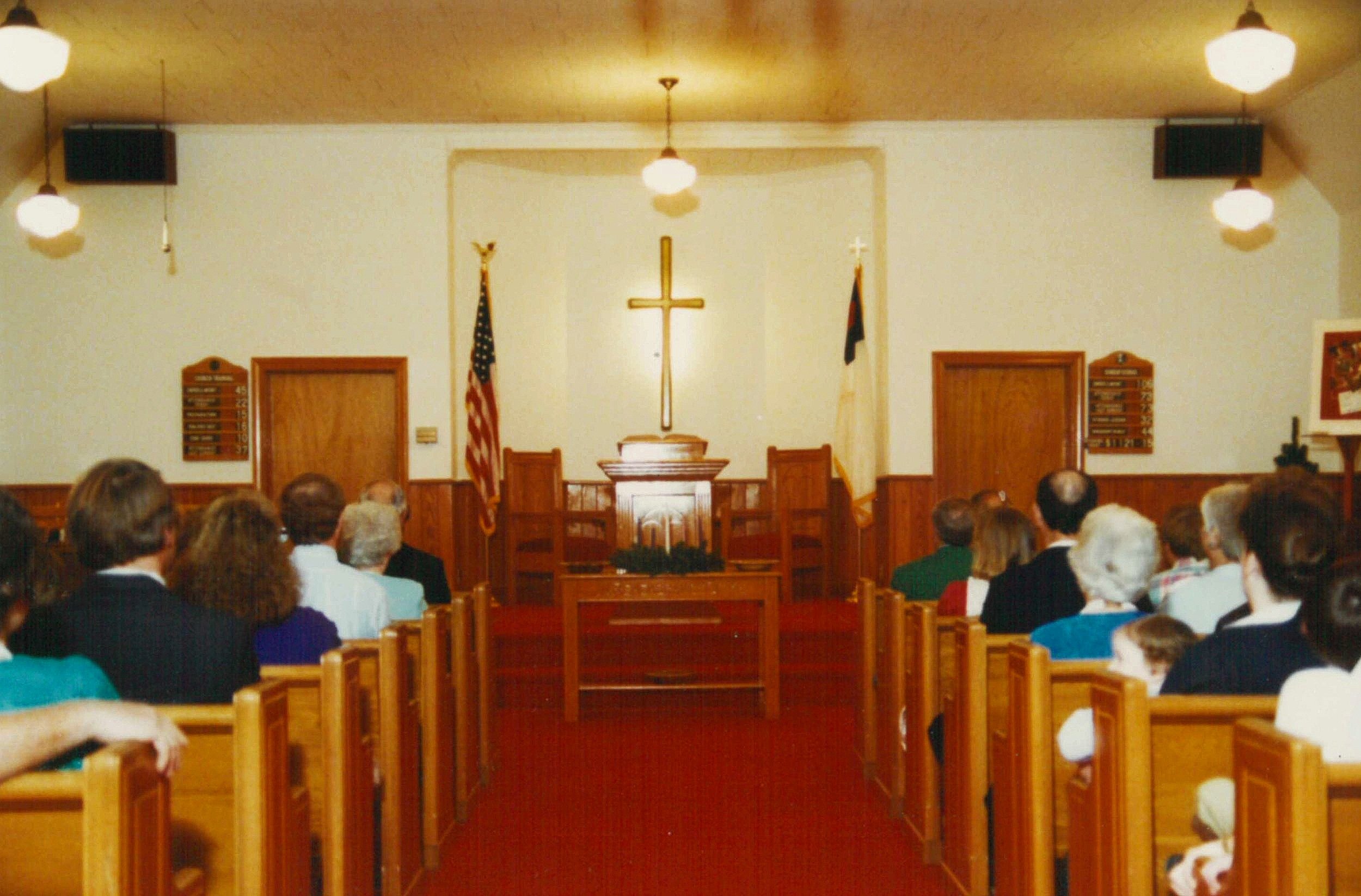
-
![]()
1784
Wassamassaw Baptist Church first established with 29 people.
Ralph Bowman led as pastor for 16 years from 1784-1800.
-
![]()
1801
Wassamassaw Baptist was accepted into Charleston Baptist Association as its 14th member.
Robert Thornley and Thomas Blackman served as pastors from 1801-1802, with a membership total of around 23.
-
1803-1806
Matthew McCullers served as pastor with a membership total that increased from 55 to 67.
-
![]()
1807-1830
Served as Pastor
1807-1809 - Unknown
1810-1811 - William Palmer
1812-1813 - James McCuller
1814-1823 - Thomas Burbage, a deacon, served in a pastoral role due to the absence of a pastor
1824-1829 - Unknown
1829-1830 - S.S. Burdette (membership rose from 24 to 38)
-
![]()
1830
In 1829, Wassamassaw Baptist Church faced an unknown challenge that was eventually resolved by the following year. Subsequently, a revival ensued, leading to a substantial increase in the church's membership. In response to this growth, the church extended its building by 20 feet. Wassamassaw Baptist had a total membership of 37 individuals at that time, 8 of whom were black.
-
1831-1839
Served as Pastor
1831-1832 - Thomas Burbage, a deacon, served in a pastoral role in the absence of a pastor.
1833 - Peter Wynham
1834-1835 - Thomas Burbage, a deacon, served in a pastoral role in the absence of a pastor. According to the minutes of the Charleston Association, in 1834, the church celebrated its fiftieth anniversary, but there is no mention of it in the minutes of the church.
1836-1837 - Samuel Lines; with a membership of 33
1838-1839 - Unknown
-
![]()
1840
Daniel Sheppard served as pastor with a membership total of 28.
Women of the church were given the opportunity to voice their opinions on potential members. However, they were not allowed to vote.
Nevertheless, Wassamassaw Baptist was ahead of its time as other churches and the Southern Baptist Convention, established in 1845, did not allow women a voice or a vote at the time.
Picture Source: The Met Digital Collections
-
![]()
1841-1845
Rev. Hiram Lecroy served as pastor (Pictured above).
In 1843, a pulpit Bible was gifted to the church by an elderly member (John J. Browning), which at the time of the writing of the Berkeley County Baptist by W. Edgar West (around 1953), had been preserved and still existed. In the minutes that record the gift with thanks is this inscription: “Brother Browning, for a long time a faithful and loyal worshiper in this church, has grown old and infirm, and wishes to leave something tangible by which he may be remembered after his death.”
In 1844, Wassamassaw Baptist joined the Dorchester Union.
-
![]()
1846
W.H. Mahoney served as pastor.
During this time, an old debate resurfaced in the area. In 1846, the editor of the "Tennessee Baptist", Dr. J.R. Graves, argued that only members of the local church where the Lord's Supper was being observed should be invited to partake in it. This belief became a topic of discussion not only in this area but throughout the entire Southern Baptist Convention. There is no evidence that it became a matter of contention specifically in the Wassamassaw Church at that time, but it was in other churches in this region.
It was not until 1885, Wassamassaw Baptist adopted the Church Communion System. A year later, the resolution was reconsidered due to dissatisfaction among the congregation. The church decided to drop the matter and continue with the previous plan of conducting communion to maintain peace and Christian fellowship.
-
![]()
1847-1849
Pastor information is unknown.
The membership of Wassamassaw included 12 black members, all apparently slaves. One, a man named Caesar, was given oversight of the others.
The Church received a generous donation of land from Dr. Williams, which was entrusted to the trusteeship of John J. Browning.
Photo Source: Heitzler, Michael J. Ed. D. Wassamassaw and Beyond. Page 14. City of Goose Creek, S.C. June 2017.
-
![]()
1850
The church decided to no longer allow public (political) speaking or elections in the church building (apparently due to rising issues with the slave question).
The church gave a gift of $12.50 for domestic missions to the Association; this was the first time Wassamassaw gave a gift to the Association, but they continued every year until the outbreak of the Civil War.
At the beginning of the Civil War, the membership was 20-21 white and 8 black.
-
![]()
1850-1859
Served as Pastor
1850-1851 - Thomas Dawson (possibly, pictured above)
1852-1853 - D. M. Breaker
1854-1858 - Unknown
-
![]()
1859-1861
Daniel M. Blake served as pastor.
The church membership at the outbreak of the war was 29; 21 were white, and 8 were black. Three women stood out in the life of the church at this time to merit special mention. They were Jane Crawford, Caroline Winter, and Jane Rhame.
Their last known service was at the war's outset on November 3, 1861. It appears that services were not held during the war due to the majority of men being engaged in the war effort, and the women had poor means of transportation at this time. During a portion of the war, the Northern Army utilized the church and its surrounding space to operate a hospital, which was eventually burned down following the war.
Around 1953, the author W. Edgard West, Sr., spoke with the late Deacon John Law, who in the past was shown by his father the remaining traces of the buildings that had once been constructed there.
-
November 12, 1865
The church’s first meeting following the Civil War.
-
![]()
1865-1866
D.M. Breaker served as pastor.
The decade following the war was a period of reconstruction in the country as well as in the church. It was a period of spiritual and material growth unsurpassed in its history.
During 1866, church membership was under 20 members. By 1876, the membership had increased to 45.
During the years following the Civil War, the formerly enslaved people who were church members remained loyal to the church.
The area Baptist churches got along very well and often enjoyed fellowship and times of prayer. Pastors often served more than one congregation, lending to that mutual support.
-
1867-1871
I.S. Rallings served as pastor. He was a highly dedicated and progressive pastor during his time serving the church.
In 1867, approval and work were done to turn the front of the church to face the avenue and add another 20 feet onto the back of the building.
-
![]()
May, 1870
In May 1870, the first Sunday School in Berkeley County was established at Wassamssaw. Other churches in the county followed suit thereafter.
-
1872-1874
R.I. Edwards served as pastor.
In 1874, a group of individuals who were members of the church reportedly attended a tournament, though the precise nature of the event remains unknown. As a result of their attendance, disciplinary action was taken by the church, due to their opinion that the tournament was “contrary to the word of God and hence unbecoming of a Christian” *taken from the Original Minutes from 1829-1875.
All who attended admitted to the charge, begged forgiveness, and were pardoned, except for one individual. He confessed but declared he saw no harm in it and refused to ask forgiveness. He was excommunicated.
-
1875
W.G. Rollins served as pastor with a membership of 49.
-
1876-1886
E.H. Cuttino, a highly esteemed member of the ministry, contributed significantly to the growth and development of the church as their pastor during this time.
His leadership and guidance helped the church to increase its membership (up to 79 members in 1880) and achieve financial self-sufficiency while also fostering a culture of charitable giving towards missions.
In December 1886, Cuttino resigned from his pastoral duties to serve on the State Mission Board.
-
![]()
1878-1882
New Building
A committee of three individuals, including the pastor, oversaw the construction of a new building. Later on, three more members were added to the committee. Two bids were received, one for $740 and the other for $500, with the lower bid being accepted. The new building was oriented towards the east, in contrast to the old building, which faced west. The project was completed in 1882 with a total debt of $235.78. Fortunately, the pledges made by the members covered most of the debt, and the pastor, along with another individual, paid off the remaining balance.
This building is the current chapel that still stands today, dedicated in 1883 (pictured above).
-
1878
The church had taken up the responsibility of housing and providing necessary care to one of its male members, Brother Taland, who was facing severe financial difficulties during this time. The church remained committed to supporting him until his death.
-
1881
The church became an eleemosynary (charitable) corporation.
-
![]()
1884
The church celebrated its centennial with an elaborate celebration. Preparations were made from May to October.
-
1887-1900
Served as Pastor
1887-1888 - R.J. Edwards
1889-1890 - W.G. Hardin
1891 - M.W. Gordon
1892 - T.L. Ratcliff
1893 - G.W., Hardin
1894-1896 - J.R. Hyatt
1897 - Unknown
1898 - J.M. Kirtin
1899-1900 - J.E. Edwards
These years were a time of “spiritual decline” in the church. There was much drinking, unchastity, and heresy (especially in Mormonism). At almost every meeting, one or more were reported for heresy or unChristianly conduct. The church changed pastors constantly.
-
![]()
1892
Building and Renovations
During this time period, the church underwent several renovations, including plastering the walls and painting the ceiling. Additionally, a generous donation of land was made by a Mrs. McKune to accommodate the expansion of the cemetery.
-
1900-1925
Served as Pastor:
1900-1901 - J.E. Edwards
1902 - G.M. Gordon
1903-1905 - H.F. Oliver
1906 - Unknown
1907-1908 - J.S.M. Finch
1909-1910 - J.E. Edwards
1911 - C.W. Salters
1912 - R.E. Gibson
1913-1914 - Unknown
1915-1917 - A.F. Guyton
1918 - G.A. Martin
1919-1922 - J.E. Edwards
1923 - C.W. Jones
1924-1925 - G. L. Andrews
-
1907-1920
Building and Renovations
1907 - The church was painted, and a drainage ditch was dug.
1908 - The church roof was covered with tin ($125) which was completed by volunteers.
1920 - A fence was put up around the property ($63.46)
-
1920-1923
In 1920, the church suffered probably the greatest loss in its entire existence. About this time many of the residents of the community moved away. Several members left to follow Mormonism. A church was started in Moncks Corner, and several substantial members left Wassamassaw to become charter members of the new church. Over the next three years, 24 members transferred to other churches.
In 1920, J.E. Edwards was called to the pastorate and was provided a parsonage.
-
1925-1954
Served as Pastor:
1925-1926 - Unknown
1927 - J.E. Edwards
1928-1929 - R.B. Myers
1930 - Unknown
1930-1936 - E.K. Hyatt
1937-1939 - D.O. Davis
1940-1943 - A.C. Corbett
1944 - Sydney Crawford
1945 - C.J. Eldridge
1946 - Matthew M. Rabon
1947 - M. Clyde Smith
1948 - W.R. Barfield
1949 - R.D. Charles
1950-1951 - M. Clyde Smith
1952-1954 - W.E. Maring
-
June 29, 1941
Wassamassaw Baptist hosted a "field day" event and invited nearby churches in the same "field," such as Mt. Olivet, Sandridge, and Groomsville, to attend an all-day service. The event started with Sunday School at 11:00 AM, followed by the morning service and a brief overview of the church's history. The service featured six speakers, including the pastor's devotional, a woman giving a welcome address, and the history of the church delivered by W. Edgar West. A "sumptuous" meal was served on the premises, and two more speakers followed after the meal. The event was well-attended, with many visitors from nearby churches also in attendance.
-
1943
Following a successful revival, the church saw an influx of new members. As a result, it was decided that mid-week services would be held, and a free-will offering would be collected at each gathering. The funds collected were designated for church improvements.
The initial offering of $127.50 was allocated towards painting the church, while the second offering of $25.56 was utilized to purchase songbooks. Furthermore, two generous women by the names of Lurlene Rueger and Grace Wall donated 12 additional books in honor of their father. Additional offerings were put towards the purchase of window screens, locks, and carpeting.
-
![]()
1943-1945
Building and Renovations
During this period, the church had taken an interest in improving the appearance of their property. To achieve this goal, they reached out to the families of those buried in the cemetery and requested donations to aid in the cleaning and beautification of the grounds. The effort resulted in a total of $66 being raised. Furthermore, a designated day each year was set aside to ensure the ongoing upkeep of the cemetery.
1943 - A deep well was dug for $212
1944 - An American and a Christian flag were ordered and dedicated. Also, an honor roll of servicemen was placed.
1945-1947 - During this time, there was a decision to build new Sunday school rooms. The cost was $1500. Chairs were purchased later in 1947 for $85.50.
Late 1945 - Butane gas, electric lights, and Venetian blinds were installed ($589.75, $300, $140).
-
1945
The church saw its membership totals grow up to 100 for the first time in its recorded history.
-
![]()
1950
The Screven Association was established, and Wassamassaw Baptist withdrew from the Charleston Association in order to become a charter member of Screven.
Church membership grew from 60 in 1925 to 105 in 1950. The pastor’s salary was $125 in 1925 and grew to $355 in 1950.
-
![]()
1951
Outdoor Baptismal Pool
In 1951, the outdoor pool that the church had used for baptisms was no longer functional and needed repairs. A committee was formed to determine whether to fix the old pool or construct a new one in front of the church, along with new dressing rooms.
By 1953, the old pool still had not been repaired, but talks about the construction of new dressing rooms were still ongoing. Meanwhile, due to the unavailability of the old pool, the church conducted joint baptisms at nearby churches, which would be done for years to follow.
-
May 1952
In May 1952, following the resignation of Rev. C Smith, a pulpit committee met to plan the hiring of a new pastor. For the first time in the history of the church, Rev. W.E. Maring was called to be the first full-time pastor of Wassamassaw Baptist. He began his pastoral duties on July 13, 1952.
-
1953
Parsonage & New Land Donated
In 1952, when the new full-time pastor position was filled, the church began discussions of building a parsonage. On February 15, 1953, a plot of land adjacent to the church was donated for the construction of a parsonage, however, later the decision was made to construct an educational building first.
-
January 1953
Rev. Maring first introduced the new Rotating System of Deacons to the church, where each deacon would serve a term of 3 years. Each year one deacon would rotate off the active list, and one new deacon would be voted in at the end of each year. After any deacon’s term of office had expired, he could not be reelected until after one year had elapsed.
Also, at this time, discussions were being made to build a new Sunday School building. This building would be constructed using cement blocks. It would be 25 ft by 54 ft and would include a large room for recreation, and four Sunday school rooms with a kitchen in the rear. Approximate cost would be $2,200.00.
-
1955-1957
Building & Renovations
Construction for the new block Sunday School building was being completed during this time. The church minutes state that by January 1957, the new building had not officially been completed, but they began using it for Sunday school classes on February 3.
-
1955-1982
Served as Pastor
1955 - Marion Terry
1956 - Ben M. McTeer
1957-1958 - B.T. Tucker
1959-1960 - C.J. Eldridge
1961-1962 - G.P. Borneau
1963-1965 - A.M. Taylor
1966-1967 - Unknown
1968 - A. Terry Doyle
1969-1971 - Robert W. Hilton
1972-1975 - Ben F. Calhoun
1976-1977 - Unknown
1978-1979 - Hugh Fortson
1980-1981 - Michael Woods
1982 - Unknown
-
![]()
1960-1961
Building & Renovations
In 1960, a Building Committee compiled a list of remodeling and repairs for the church. One item on the list was to build a baptistry, which required a pool beneath the pulpit platform, concealed by a cover on top.
In July, the church was approved to become incorporated, which protected members from personal liability for debts.
During the month of December, while the chapel was undergoing renovations, the Sunday School block building was utilized for church services. Members would meet every Saturday afternoon to help arrange the recreation room for the Sunday morning preaching services.
In February, mats were installed on the church porch. Unfortunately, one year later, one of these mats was stolen. Additionally, during this month, the Highway Department paved the church avenue, which required them to remove two large oak trees near the yard fence. Due to the poor condition of the church avenue during this time, Sunday school and morning preaching services were held at St. John's Baptist Church. Members attended services at First Baptist on Sunday nights.
-
![]()
1964
A heater for the baptismal pool was purchased in July.
Plans were made in August to install a heating and air conditioning system in the church. The system would be operated automatically from a small concrete block house located to the right of the building. This new heating system was completed in December.
-
![]()
1969
Wassamassaw Baptist initiated a "New Member Orientation,” which commenced on October 1, 1968.
Some members of the church expressed their embarrassment with the system that was being used at the time for the collection of the church offerings. In response, an all-men meeting was conducted to elect a chairman of ushers to solve this problem.
-
1978
A larger church sign was constructed and placed at Cooper Store Rd. at an approximate cost of $35.
In September, the church approved the recommendation for the installation of white vinyl siding on the church building.
Starting at the end of 1978, Wassamassaw Baptist also joined together with Gethsemane and Mt. Olivet to have a gospel singing every fifth Sunday.
-
![]()
1980
Plans were made to add a kitchen and one room at the rear of the social hall in the Sunday school building.
A portable stereo record player and a portable cassette recorder for use in the Music department were purchased by Mr. Jack Howerton for $200.00.
-
1982
In February, preliminary discussions were being made for a new education building, which would have wide doors and halls and bathroom fixtures for the handicapped. A New Building Fund was established for these plans. However, in March, Mr. Jim Williams, Chairman of the New Building Committee, recommended postponing the construction of a new building at that time.
-
![]()
1983-2008
Fritz E. Young, Jr. came to serve as interim pastor of Wassamassaw Baptist Church in 1983, and on March 10, 1985, he was unanimously called to be full-time pastor. He continued to serve for 25 years, the longest period a pastor has served in the church’s history.
The membership total during his ministry at the church averaged around 160 members.
Pastor Fritz retired in August of 2008. Just prior to his retirement, at his request, the church’s first part-time secretary was hired. Dr. Paul W. Alverson, Jr. was offered and accepted the position of Transitional Pastor in Decemeber 2008.
-
September 1983
In 1983, a children’s choir was organized, and a Children’s Choir Director was elected to serve in the position.
-
![]()
1984
In 1984, the pastor and members prepared all year for the church’s 200th anniversary celebration.
In September, the Bicentennial committee sent out invitations to former pastors concerning the celebration. Notices were also sent to the local newspapers, radio stations, etc.
On Thursday, September 13, a beautiful steeple was installed on Wassamassaw’s chapel to celebrate the Bi-Centennial Year.
On Saturday, September 22, a special service was held in the evening with guest speaker, Rev. Matthew M. Rabon, the oldest living former pastor of Wassamassaw known at the time.
On Sunday, September 23, Homecoming was observed. A large number of former members attended the service, including, Rev. and Mrs. Marion Terry, a former pastor, and his wife. A fellowship dinner and a visit to the old outdoor baptism pool followed the service. Rev. Fritz Young dressing in a colonial-style suit was a highlight of this special day (pictured above).
-
May 13, 1985
The purchase of a church bus was brought before the church. On May 22, it was purchased for $3,000.
-
![]()
1986
The formation of Church Council was established, which consisted of the Chairman of the Deacons, Sunday School Director, Church Training, Brotherhood and Baptist Women Directors, and Music Director.
In October 1986, the church decided to pay off the mortgage of the educational building (Sunday school room building). The mortgage papers were burned on November 23 (pictured above).
-
1987
The chapel and educational building had railings installed in front of them, costing $836.
-
![]()
September 1988
On September 14th, a vehicle struck the Sunday school building (driver unknown), causing $2150 in damages.
Also, in September, the church took out a loan of $8,000 to add an additional 9 feet onto the front of the Sunday school building for the purpose of adding two more rooms.
-
1990
In 1990, Homecoming celebrations were moved from September to November to coincide with the date the church was founded.
An interim music director-George Willis-was approved to be hired for $50 a week
-
![]()
1991
In February, various building projects were approved. The Sunday school classroom building underwent renovations to provide inside access to restrooms, replace old lighting fixtures with new ones, and install new carpeting in the pastor's study, social hall, and classrooms. Additionally, the existing loan was to be paid off and a new loan of $10,000 at a 9% interest rate was approved.
In October a used van was approved for purchase to replace the bus which was no longer operable.
-
1993
In May, the church created a new position for a Custodian Coordinator, whose responsibility was to supervise the cleaning and procurement of necessary supplies. The pay for the position was set at $25 per month, and Ms. Polly Johnson served as the first Custodian Coordinator. Additionally, the church employed a couple as building custodians, who were paid $100 a month.
In November, it was decided to buy a new piano for the sanctuary at a cost of $4500. The existing piano was to be moved to the social hall.
In December, the church purchased a sign for the intersection of Wassamassaw Lane and Longridge Road.
-
1994
In February, the church purchased a software package called Membership Plus for $92 to aid in keeping membership rosters, mailing lists, and contributions. This was the first mention of the use of computers by the church. The software would be used on a home computer since the church did not own one.
-
![]()
1995
A part-time youth minister was hired for $75 a week. Craig Crosby, a CSU student, was approved for the position.
-
April 7, 1996
Pastor Young was very dedicated to preserving the history of Wassamassaw Baptist, especially during his time as pastor. Many of the recorded special events during his ministry were often very descriptive in the church minutes compared to those in the past.
On this day:
"Easter Sunrise Service was observed in front of the church at 7:00 A.M. with singing and an inspiring message by our pastor, Rev. Young. God gave us a beautiful sunrise after a preceding dreary day. After the service, we had breakfast in the social hall at 8:00, followed by Sunday School at 9:00 A.M. and morning worship at 10:00 A.M.
At the beginning of the worship service, the ordinance of baptism was observed...
After this, the musical "Hosanna" was presented by the choir and six speakers."
-
1997
Homecoming was decided to be permanently held on the first Sunday in November each year.
-
1998
In March, the church approved and budgeted $2,000 for a computer package. This purchase was the first church-owned computer.
In 1998, a "New Century Team Committee" was formed to make plans for a new educational building.
-
![]()
2003
In 2003, the church made plans to construct a new 7,800 sq. ft. Fellowship and Educational Building.
On August 10, a Groundbreaking ceremony was held after the morning worship that day with the following participating (pictured above): Pastor Young, Dr. Robert Bailey, Director of Missions for Screven Association, members who have served on the Building Committee, Grace Wall (oldest member of the church and Emily Smith (youngest member). Dr. Bailey brought an inspiring and challenging message.
-
![]()
September 25, 2005
On this special day, the dedication of the church’s new Christian Life Center was held following the morning worship.
The congregation walked to the front of the new building, where everyone participated in a special reading. A beautiful plaque with the date of dedication and special tribute to God was uncovered by Marilyn Baker and Bobby Wall. Following a prayer by Bobby Wall, the members of the New Building Committee cut the yellow ribbon, and everyone was invited inside for a sumptuous dinner in the fellowship area.
An “open house” was held until the late afternoon for everyone to visit through the building for other guests who came later.
Church Minutes state, “This beautiful new building began as a vision in the late 1990s with our New Century Team, and then by the leadership of our New Building Committee. It contains…a large fellowship and interim worship area, a very spacious, amply equipped kitchen; restrooms….a large foyer with a reception center; a pastor‘s office; four adult classrooms….There are two large rooms for a nursery and preschoolers each.”
-
2009
The church received recognition from the South Carolina Baptist Convention, Celebrating Over 200 Years of Ministry.
-
![]()
2009-2021
Samuel Norman Rogers became pastor of Wassamassaw Baptist in 2009 and led the church all the way up to 2021.
In 2010, Pastor Rogers initiated AWANA programs for the church's children and youth ministries. This new program took no time in yielding fruit when in 2011, 6 children/youth made professions of faith during one of their AWANA programs.
In 2012, Small Group Discipleship Programs were first introduced.
Missions continued to be a top focus within the church during Pastor Roger’s ministry. In 2017, the church began to provide financial support to the Church of the Harbor in Baltimore, MD, one of the “send” city churches the North American Mission Board designated as a church plant.
-
![]()
2010
The church began making moves to establish itself in the digital era.
In 2010, The church created its own website. Setting it up was $350, with a $75 monthly maintenance fee.
The same year, a recommendation was made to purchase video equipment from Fox Music in the amount of $13,000. This included a PC, 3 projectors, and 3 screens.
-
![]()
2013
Pastor Rogers and church member, Keith Holly, took Wassamassaw Baptist’s first mission trip to India to provide training and additional outreach to the people of New Delhi. Several more trips to India were made in the years to follow.
Also, in 2013, Pastor Rogers recommended that the church begin a 5th Sunday fellowship every month. On the morning of every 5th Sunday, a time of worship would be held in the old sanctuary, followed by a covered dish luncheon in the Christian Life Center. This first fellowship was held on December 29th.
-
2014
In 2014, Wassamasaw Baptist established a new fund called the Mission Trip Fund. This would allow members the opportunity to participate in mission trips through their contributions toward the expenses incurred by participating members. This fund would receive special emphasis on 5th Sundays, but contributions could be given at any time.
-
![]()
2016-2017
In 2016, Pastor Rogers announced that they would be conducting a search for a new Associate Pastor. This position would be to lead Wassamassaw Baptist’s music/worship and assist the pastor.
On August 20, 2017, Wassamassaw Baptist unanimously called Pastor Kent Wilson to become Associate Pastor.
-
![]()
November 2018
A groundbreaking ceremony for a new worship center building was held.
-
![]()
2018-2020
A new worship center building was constructed between 2018 and 2020.
-
November 1, 2020
A dedication for the new sanctuary was held. Dr. Tom Tucker presented the message, and Frank and Gayna Wall wrote a letter that was read and included funds to purchase a new piano. Pastor Norman, joined by the staff and members of the Vision and Steering Committee, cut the grand opening ribbon and presented the dedication plaque (pictured above).
-
![]()
September 2021
Pastor Norman Rogers announced by letter of intent that he would retire effective December 31, 2021.
-
![]()
June-August 2022
Pastor Tim Cook was called to be the Senior Pastor of Wassamassaw Baptist Church in June. Later he was accepted and started on August 7, where a Pastor Installation service was held with guest speaker, Pastor Ron Lewis.
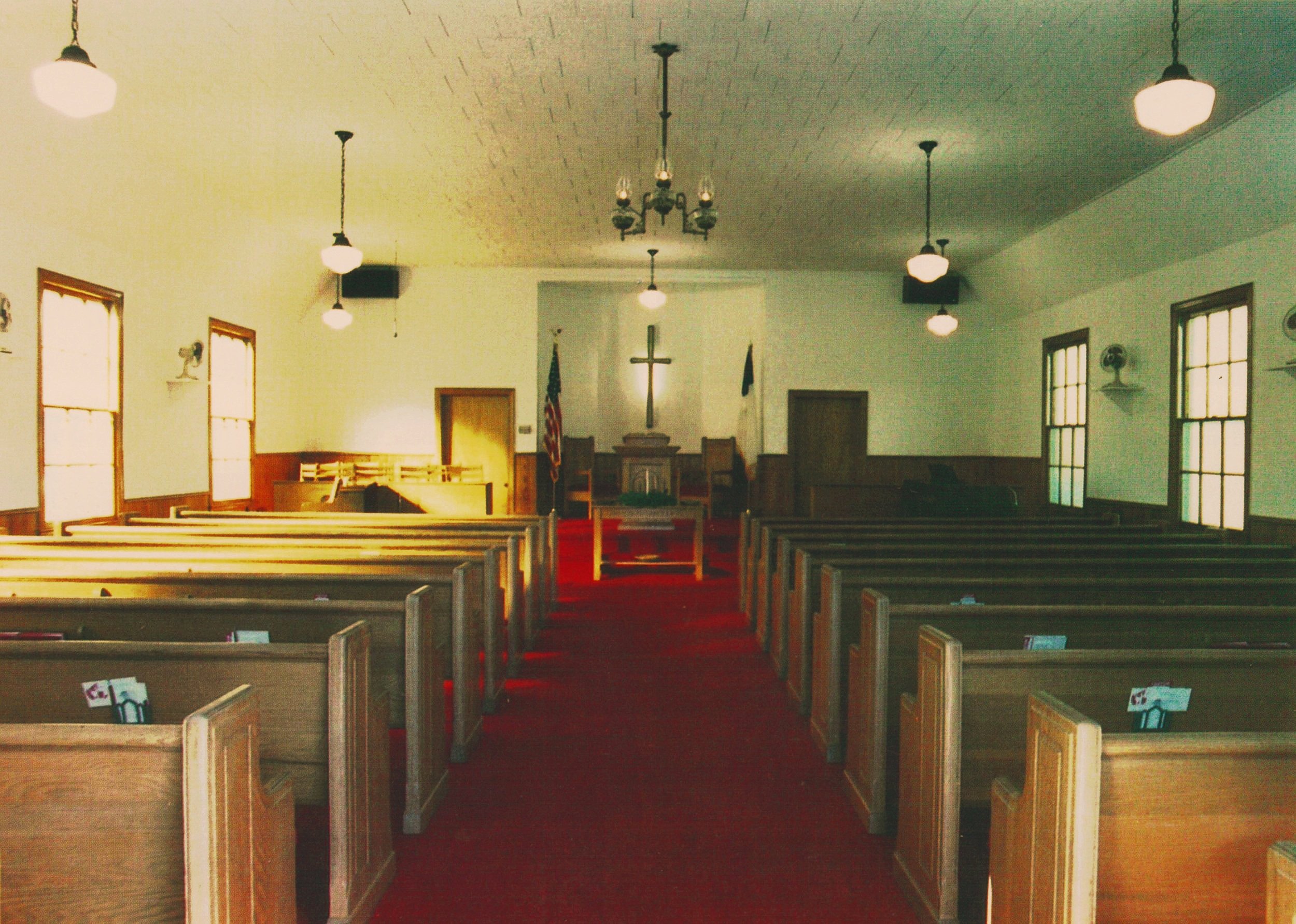


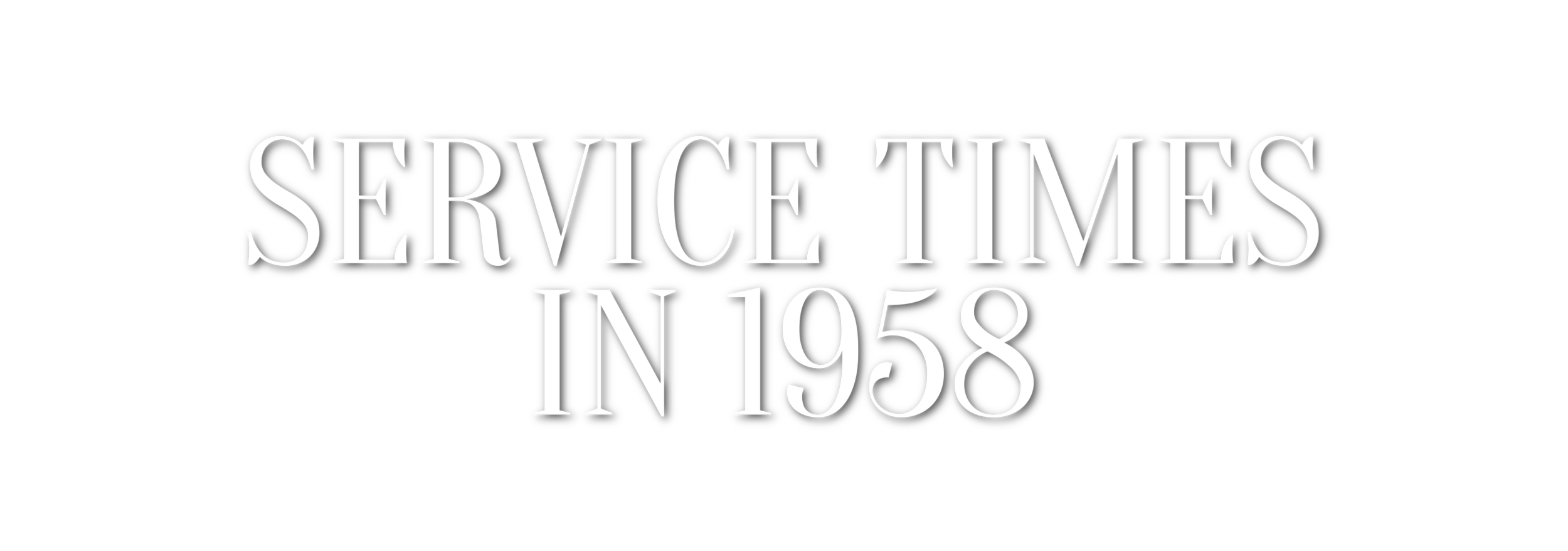
Sunday Bulletin from January 12, 1958

Original Minutes of "Wassamasaw Baptist Church of Berkeley County, S.C." from the years of 1829-1875.

Inside of the Original Minutes of "Wassamasaw Baptist Church of Berkeley County, S.C." from the years of 1829-1875.


Sanctuary, Circa late 1930's or early 40's

Easter Sunday Bulletin from March 20, 1948
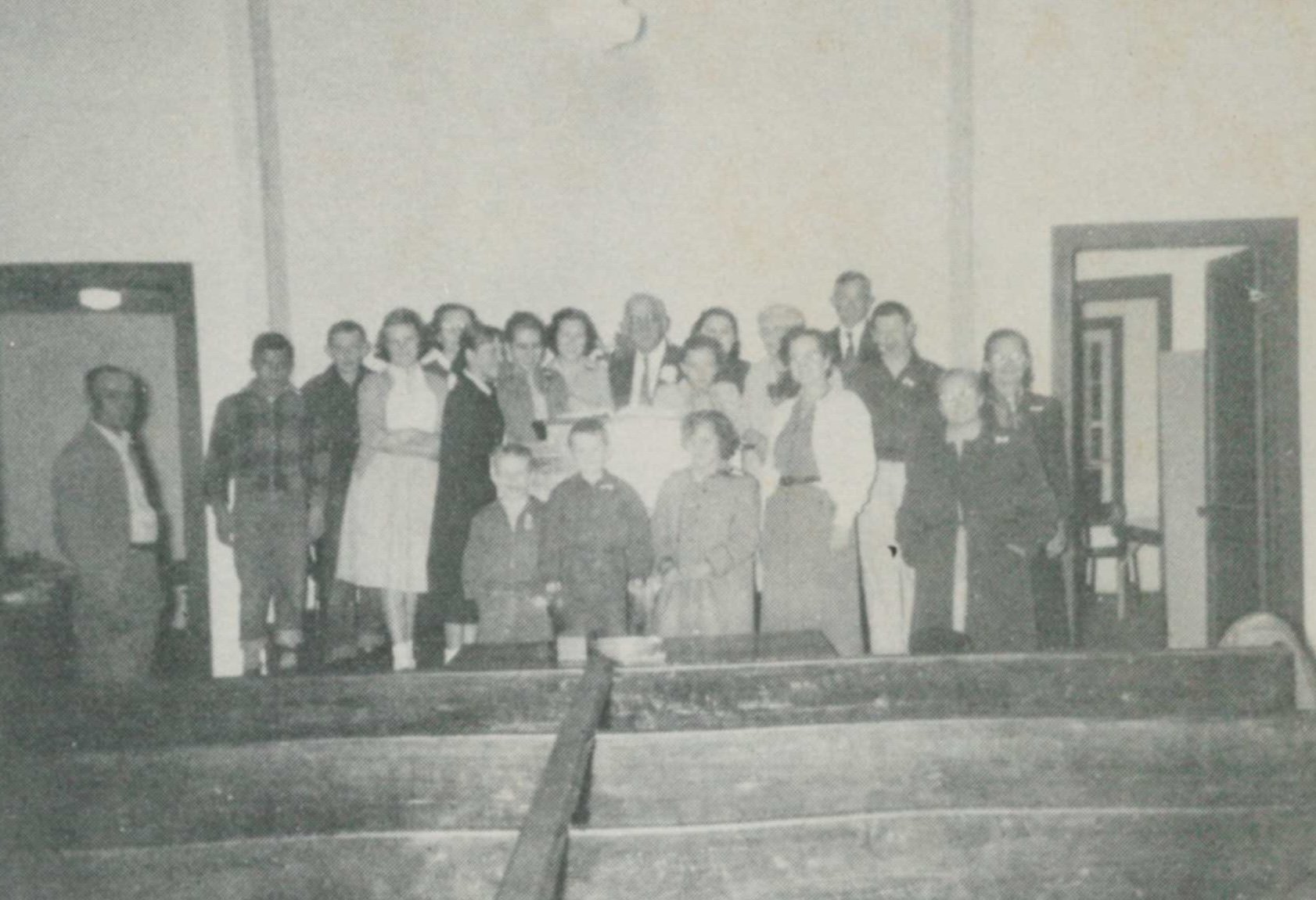
Gathering in the Sanctuary 1955

From Wassamassaw Baptist Church 1986 Directory - Rev. Fritz E. Young

Raising of the steeple September 1984 Bicentennial Celebration

Church Sketch from Bicentennial Year 1984 - Barb Shilson

Post Courier Article on Rev. Fritz Young and the historical significance of Wassamassaw Baptist Church.
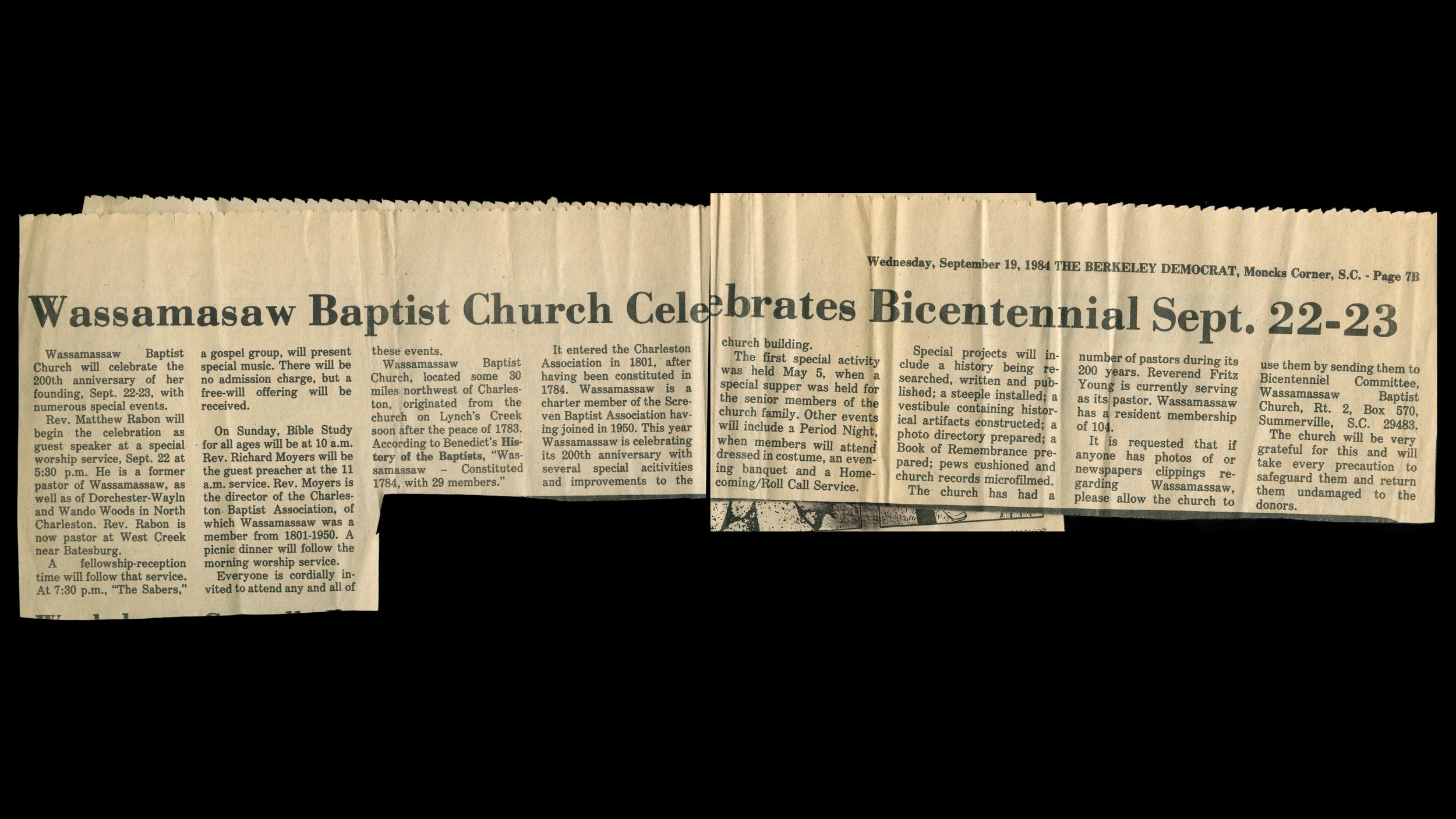
Sept 19, 1984 The Berkeley Democrat Newspaper Clipping - Wassamassaw Baptist Church Celebrates Bicentennial - 200 years

Hanahan News - September 19, 1984 - Wassamassaw Baptist Church Celebrates 200th Year

Gathering at the Old Baptistry September 1984 - Bicentennial Celebration

Rev. Fritz Young dressing in a colonial-style suit was a highlight of the Bicentennial Celebration in September 1984

Wassamassaw Baptist Softball Team 1966
![[Historical Marker FRONT] Wassamassaw, with several variant spellings during the colonial era, is a Native American word thought to mean “connecting water.” It first referred to the large cypress swamp here, but eventually referred to the community t](https://images.squarespace-cdn.com/content/v1/601d7fd74a18796f96c48d0b/6a79eb98-3fd8-4e23-a3c3-71b89f8a2103/_MLO4619.jpg)
[Historical Marker FRONT] Wassamassaw, with several variant spellings during the colonial era, is a Native American word thought to mean “connecting water.” It first referred to the large cypress swamp here, but eventually referred to the community that grew up nearby in the Anglican parish of St. James, Goose Creek. Plantations laid out by the English and later by the Huguenots flourished before the Revolution.
![[Historical Marker BACK] The swamp was almost impassible for most of the colonial period, but the Wassamassaw Road ran just below the swamp between here and Goose Creek. A Chapel of Ease was built nearby shortly after the Yamasee War of 1715, and a f](https://images.squarespace-cdn.com/content/v1/601d7fd74a18796f96c48d0b/de92bdc6-8ea8-4ed3-9e0b-d81277fd6266/_MLO4623.jpg)
[Historical Marker BACK] The swamp was almost impassible for most of the colonial period, but the Wassamassaw Road ran just below the swamp between here and Goose Creek. A Chapel of Ease was built nearby shortly after the Yamasee War of 1715, and a free school was founded in 1728. The “Wassamassaw Cavalry,” a militia company founded in 1857, later saw Confederate service as Company D, 2nd S.C. Cavalry.
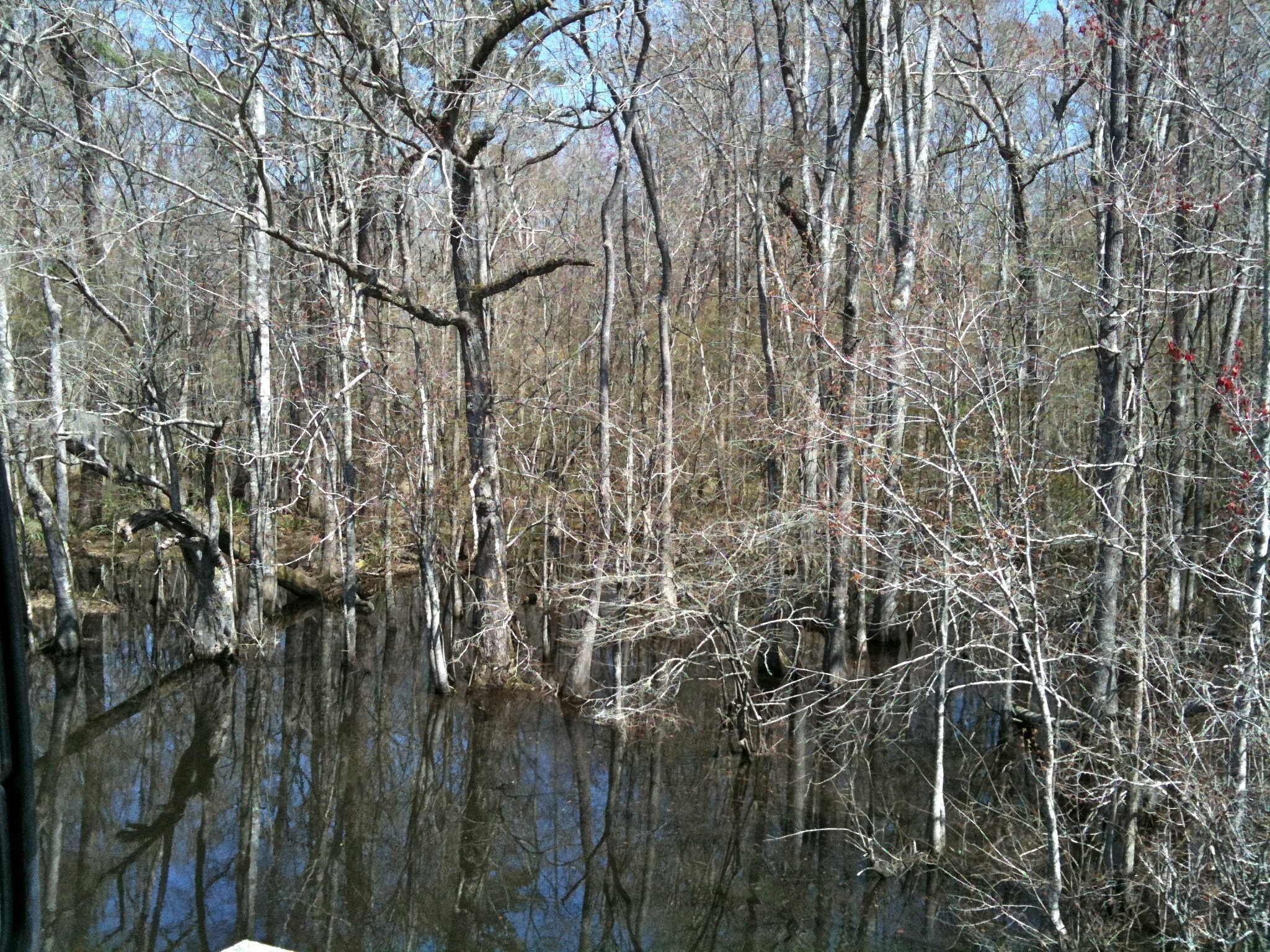
"Photographer: Cindy Bullard Taken: March 24, 2010 Caption: Wassamassaw Cypress Swamp Submitted: March 26, 2010, by David Bullard of Seneca, South Carolina. Photograph as originally submitted to the Historical Marker Database www.HMdb.org."
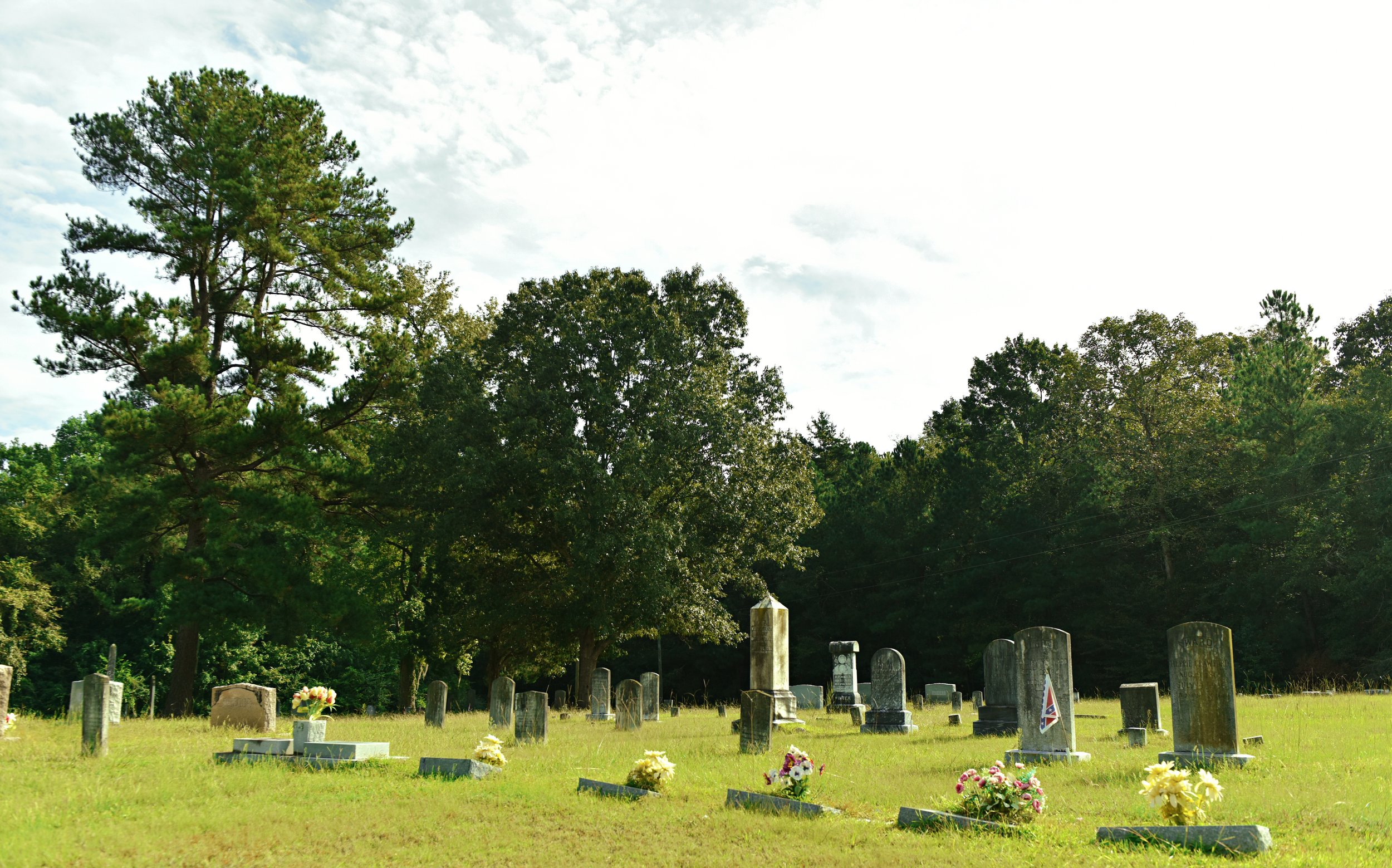
Wassamassaw Cemetery "This cemetery is the burial place of 21 Confederate soldiers, possibly the largest number in any cemetery in South Carolina." Historical Marker Database www.HMdb.org

Homecoming Singing - 1991

1995 - Fellowship Dinner

Wassamassaw Choir 1999

Sunday School - 1999

Carol and "Circuit Rider" 1999

Wassamassaw WMU - Feb. 1980 created "Beautiful Valentine Hats"

Homecoming Sunday Fellowship 1998

Family Day 1999

VBS 1998

Sunday Worship 1999

Baptism at Kimzey's Pool 1999

William and Janice Stone - former music leader of Wassamassaw Baptist Church Picture taken November 2003
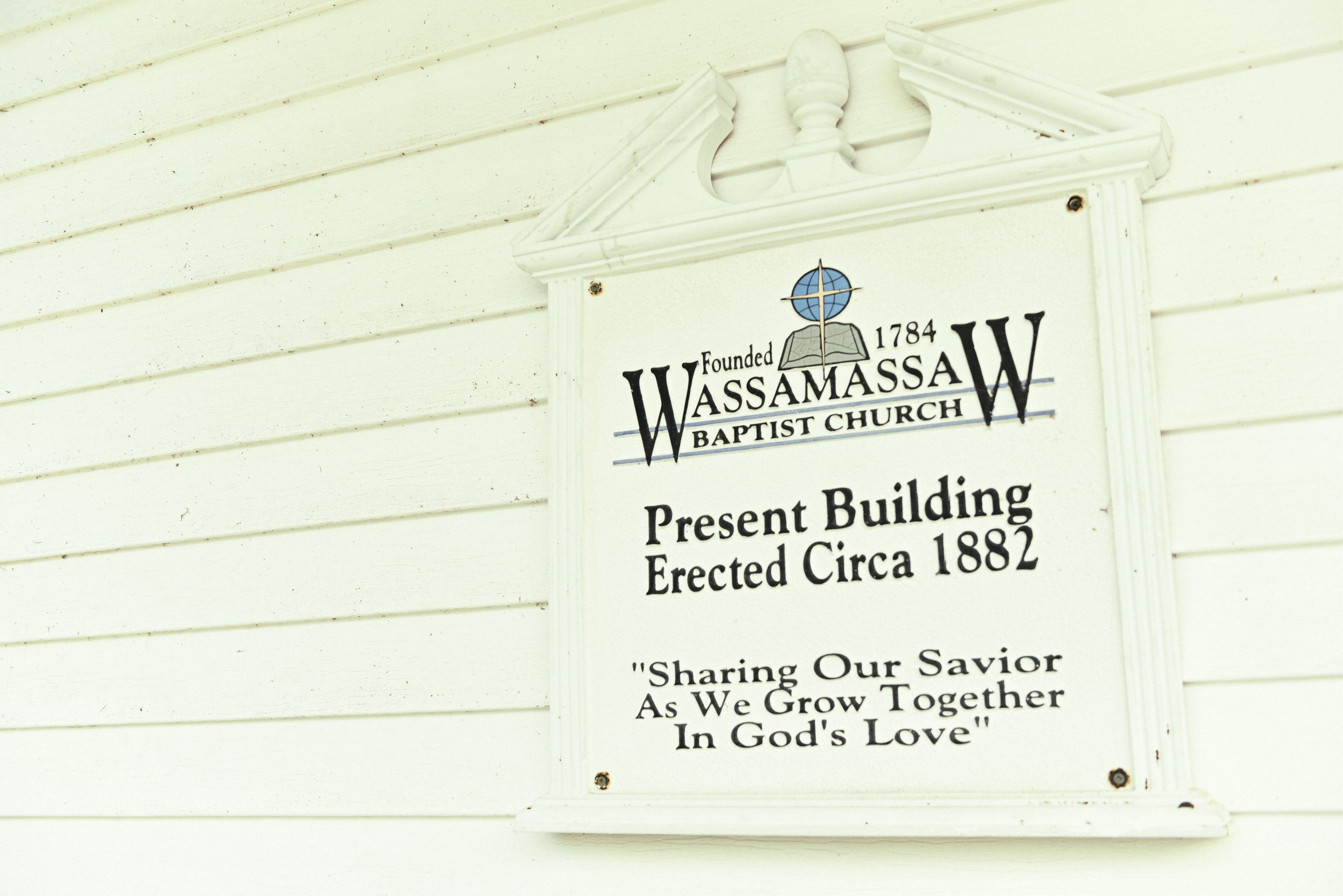
Chapel (1882-Present)
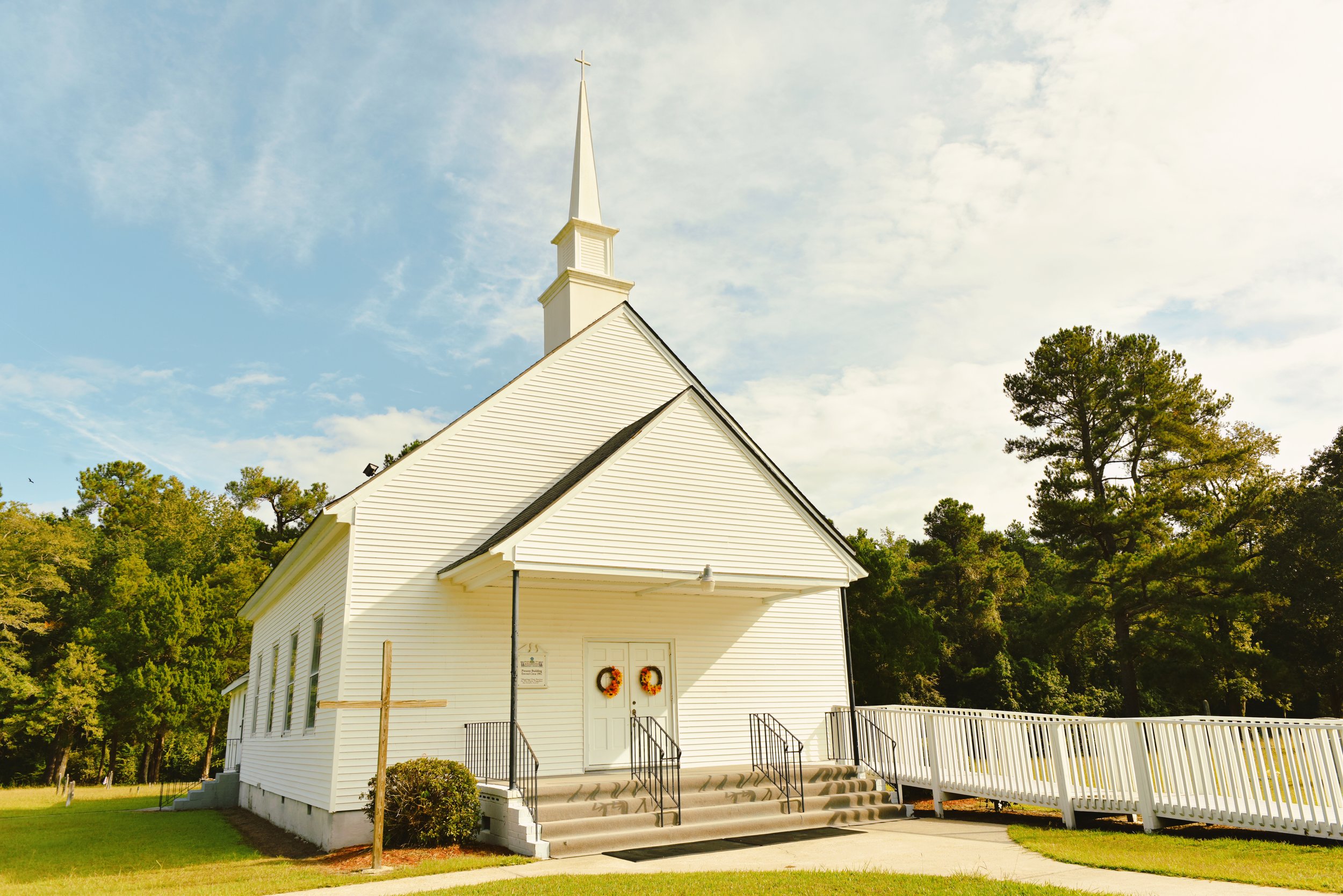
Chapel (1882-Present)

Interior of Chapel (1882-Present)

Interior of Chapel (1882-Present)

Interior of Chapel (1882-Present)

Interior of Chapel (1882-Present)

Interior of Chapel (1882-Present) - Location of the baptistery under the stage

Interior of Chapel (1882-Present)

Interior of Chapel (1882-Present)
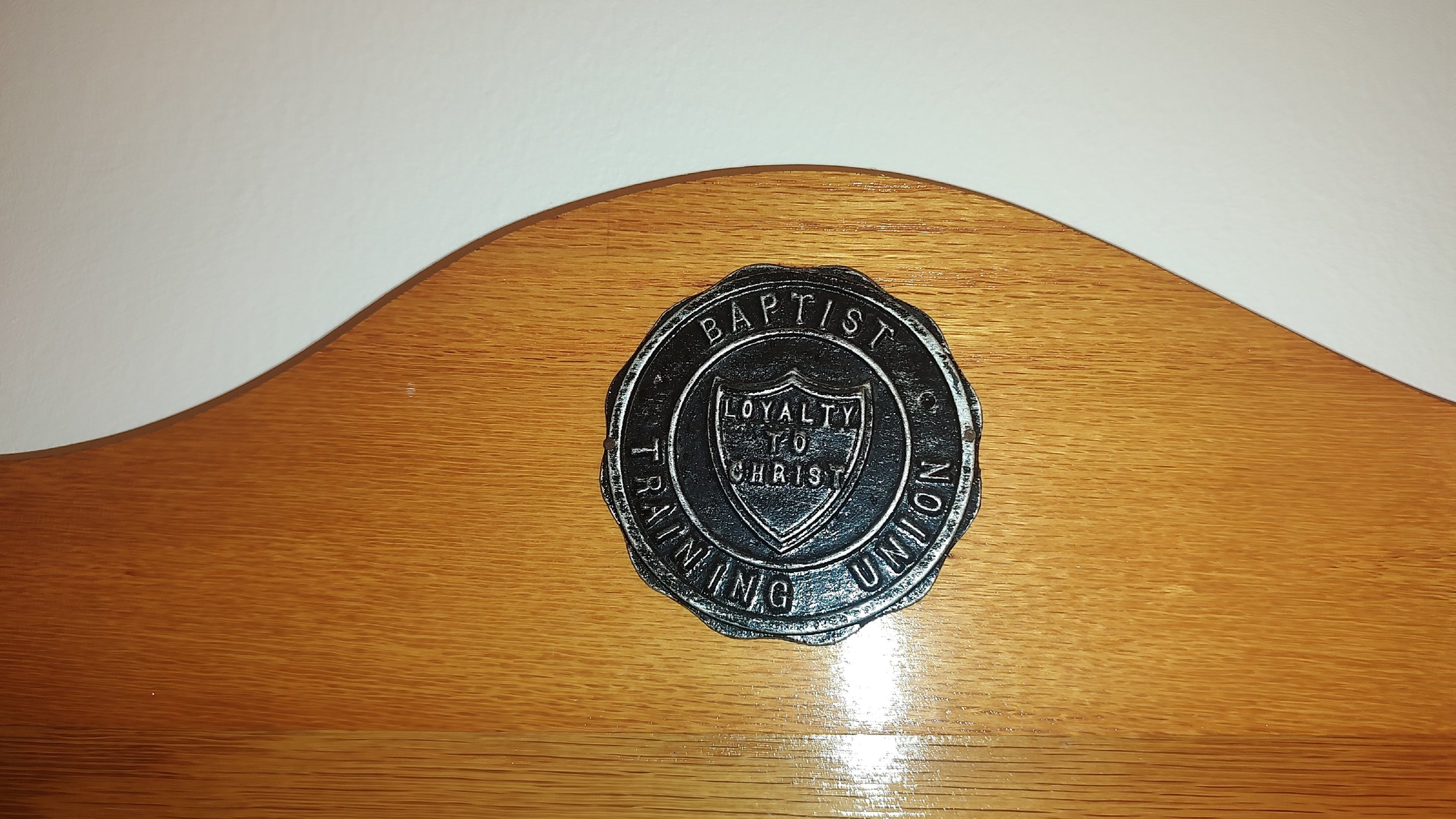
Interior of Chapel (1882-Present)
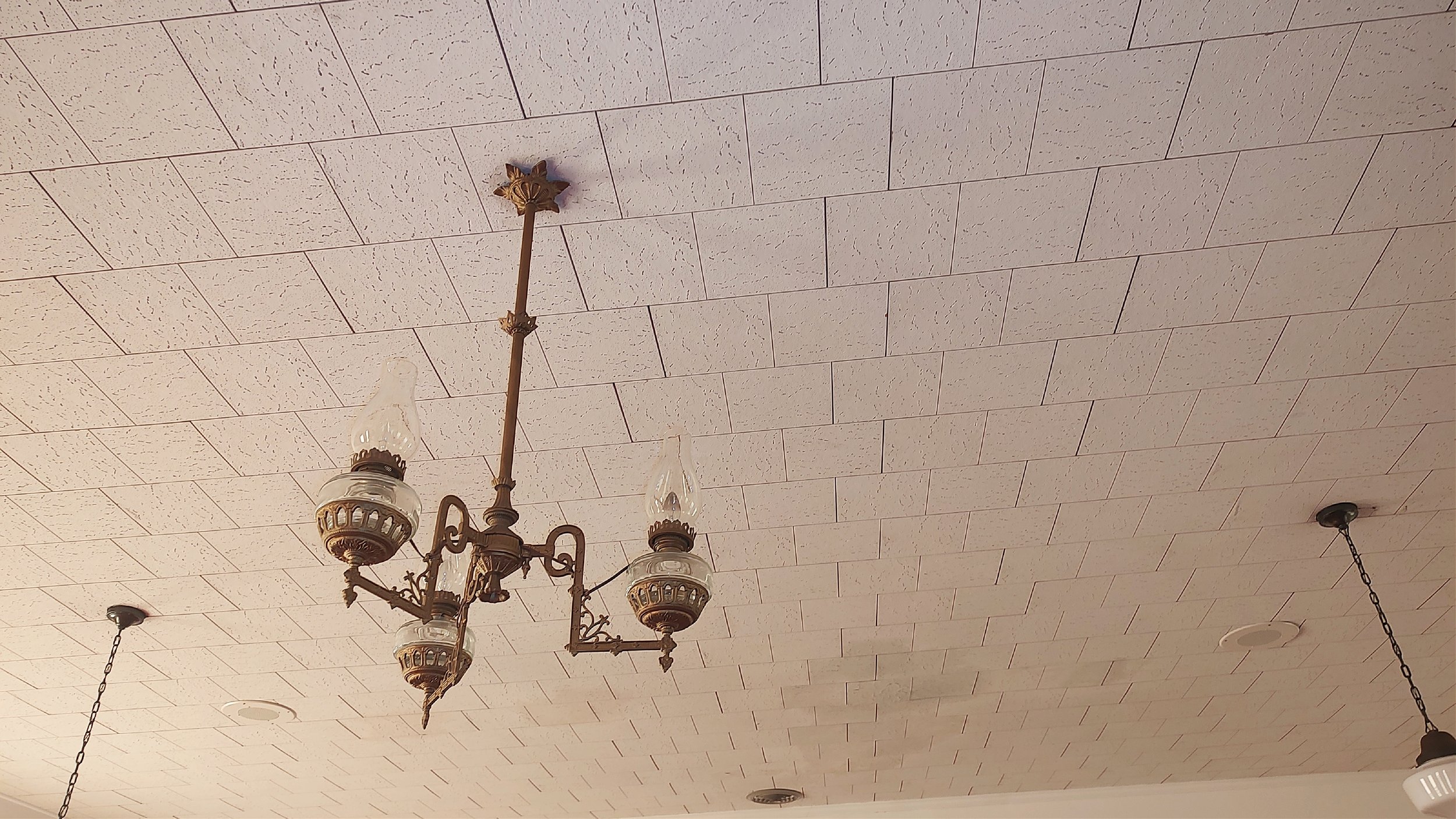
Interior of Chapel (1882-Present) - Gas Lamps

Pulpit Bible presented to Wassamassaw Baptist Church September 20, 1942 by Mr. and Mrs. Killian A. Wall Jr.
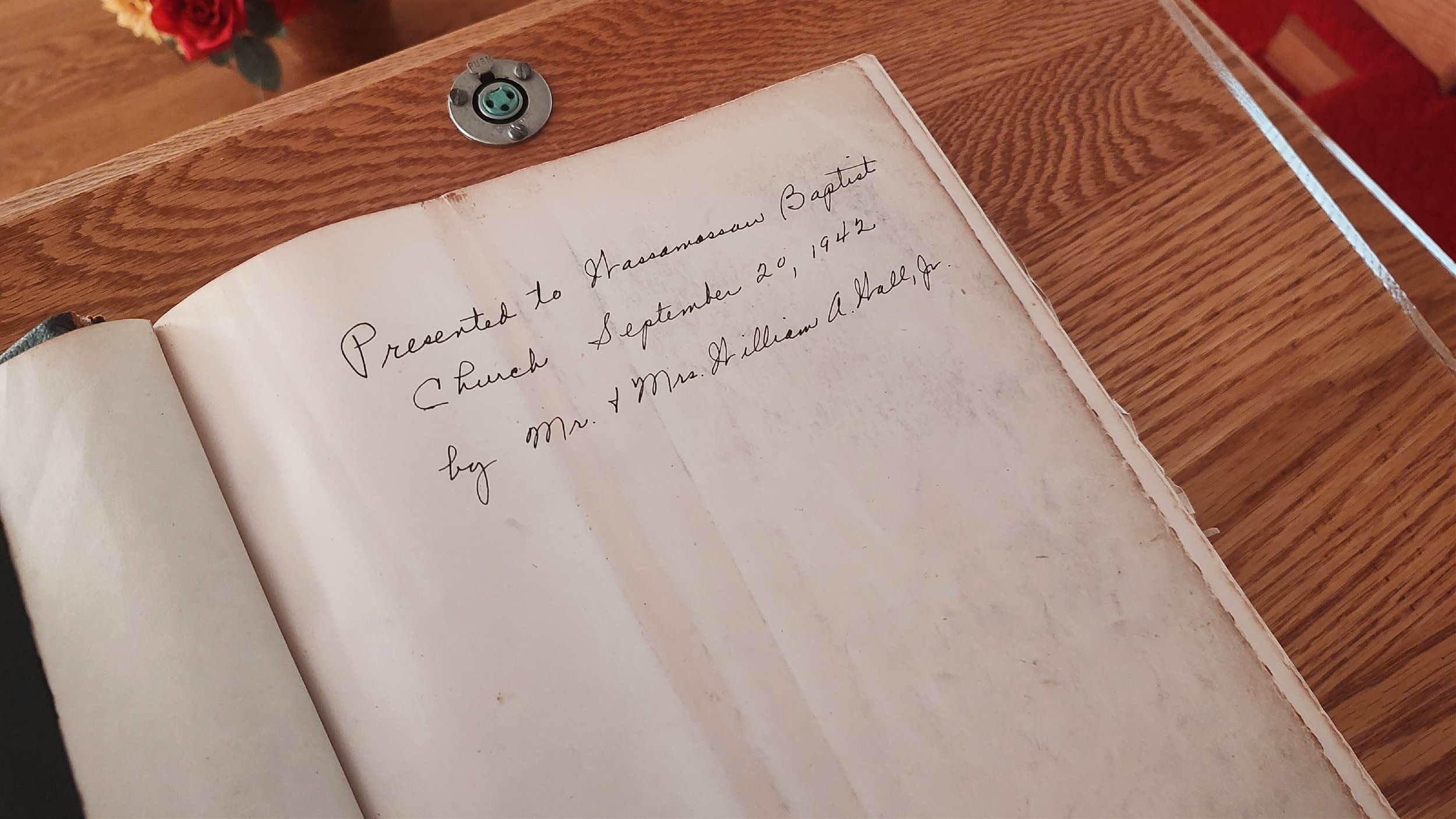
Pulpit Bible presented to Wassamassaw Baptist Church September 20, 1942 by Mr. and Mrs. Killian A. Wall Jr.

Pulpit Bible presented to Wassamassaw Baptist Church September 20, 1942 by Mr. and Mrs. Killian A. Wall Jr.
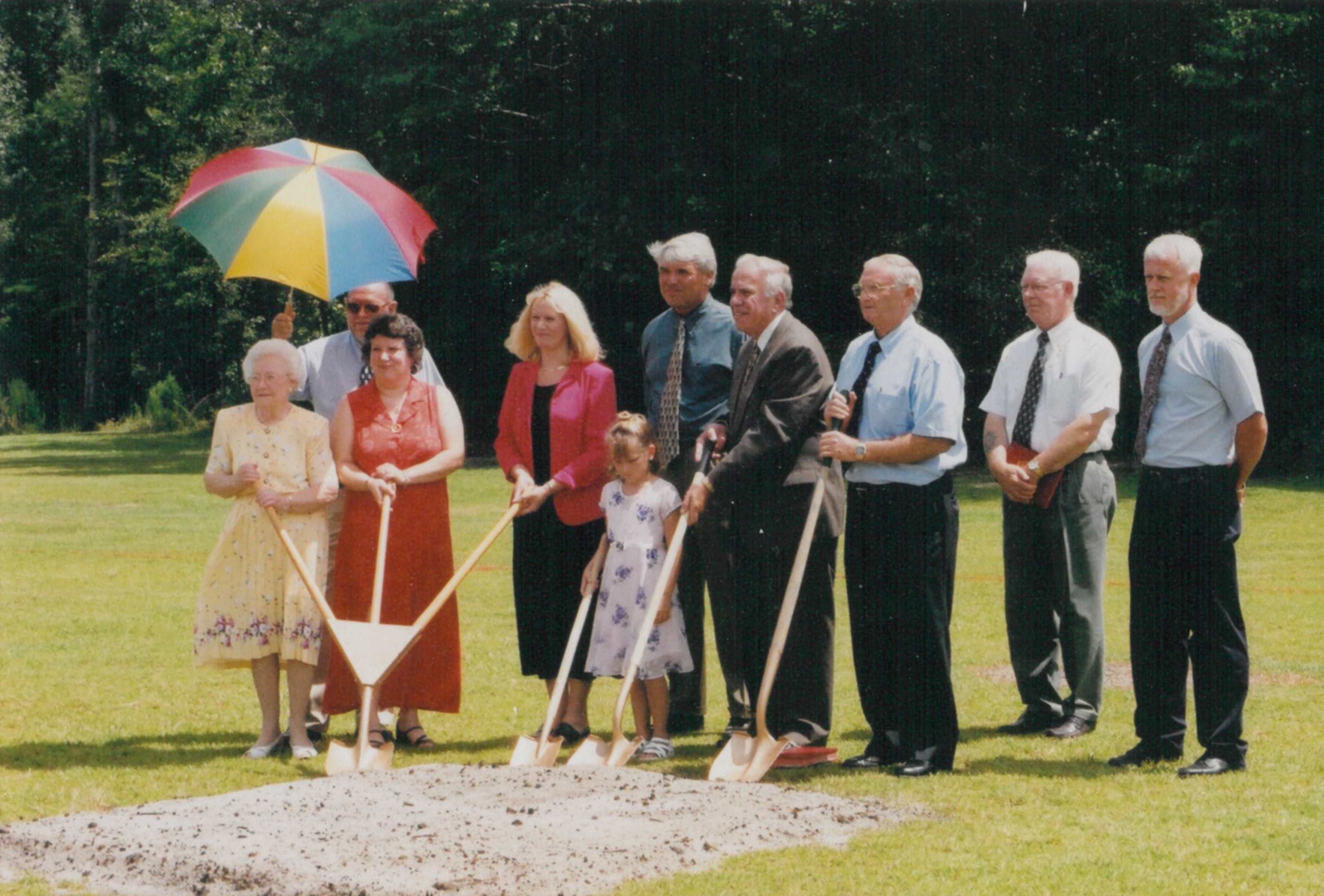
2003 - Breaking ground for new Christian Life Center
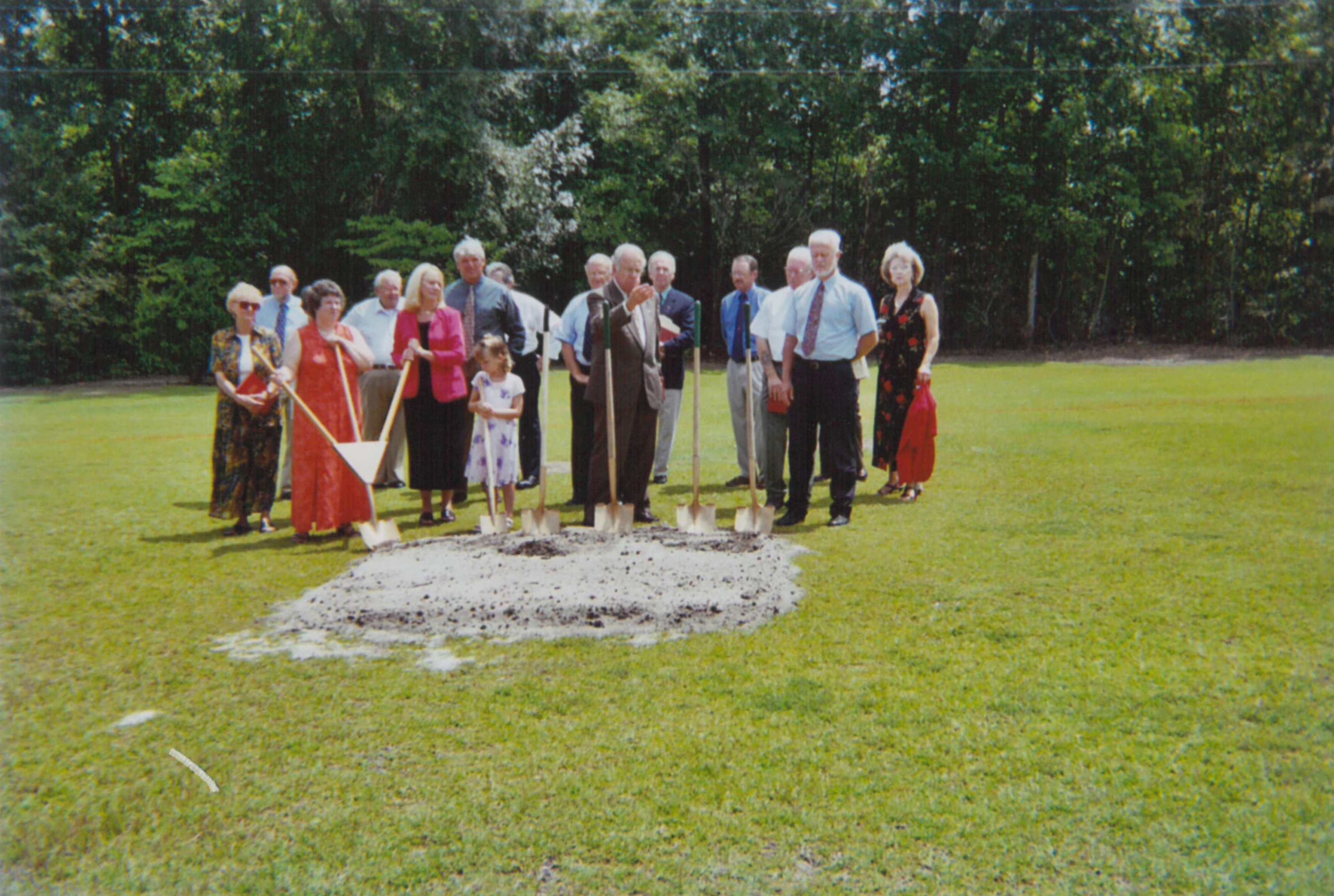
2003 - Breaking ground for new Christian Life Center

2003 - Breaking ground for new Christian Life Center

2003 - Breaking ground for new Christian Life Center
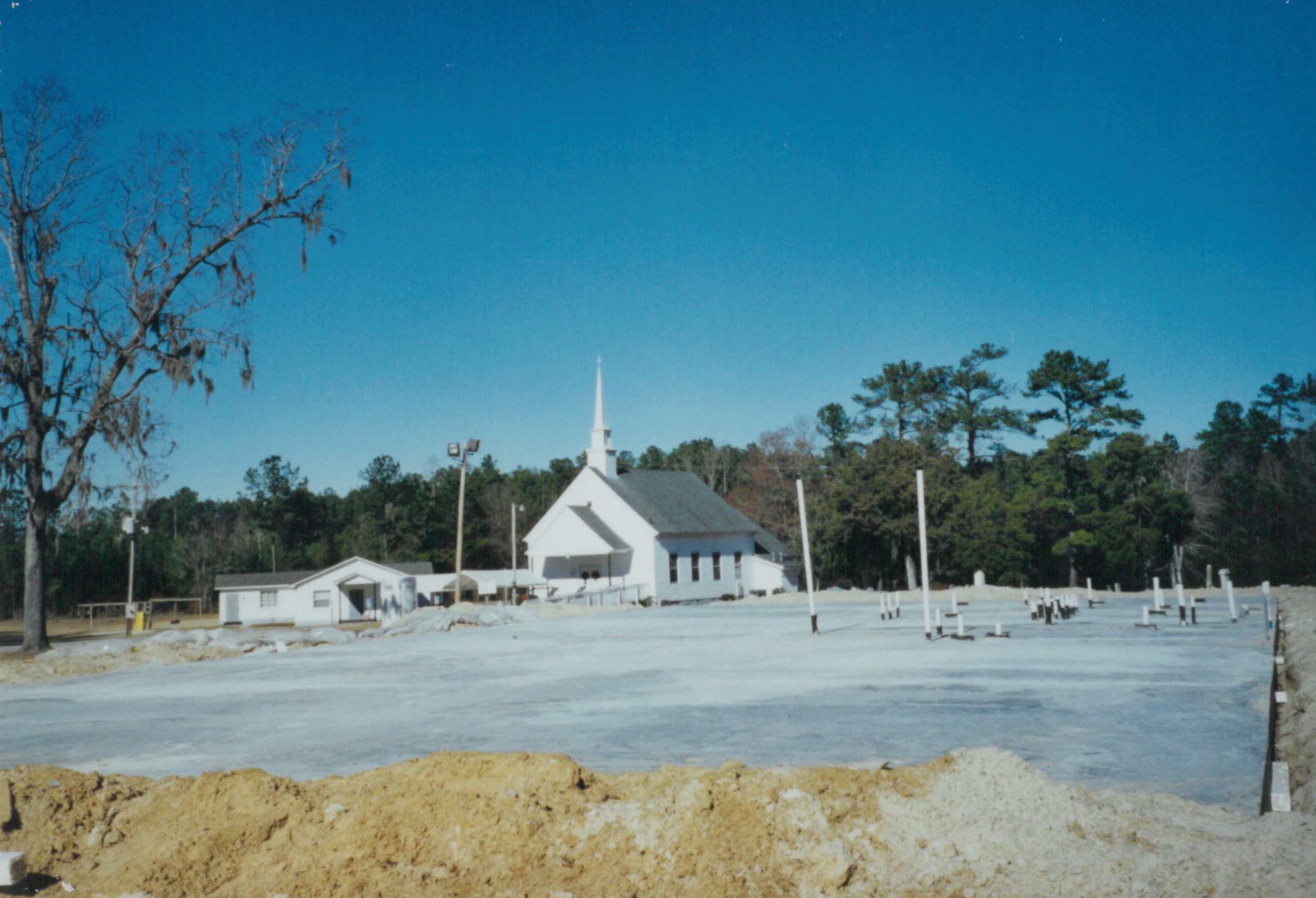
2004 - Building construction for the new Christian Life Center building.

2004 - Building construction for the new Christian Life Center building.
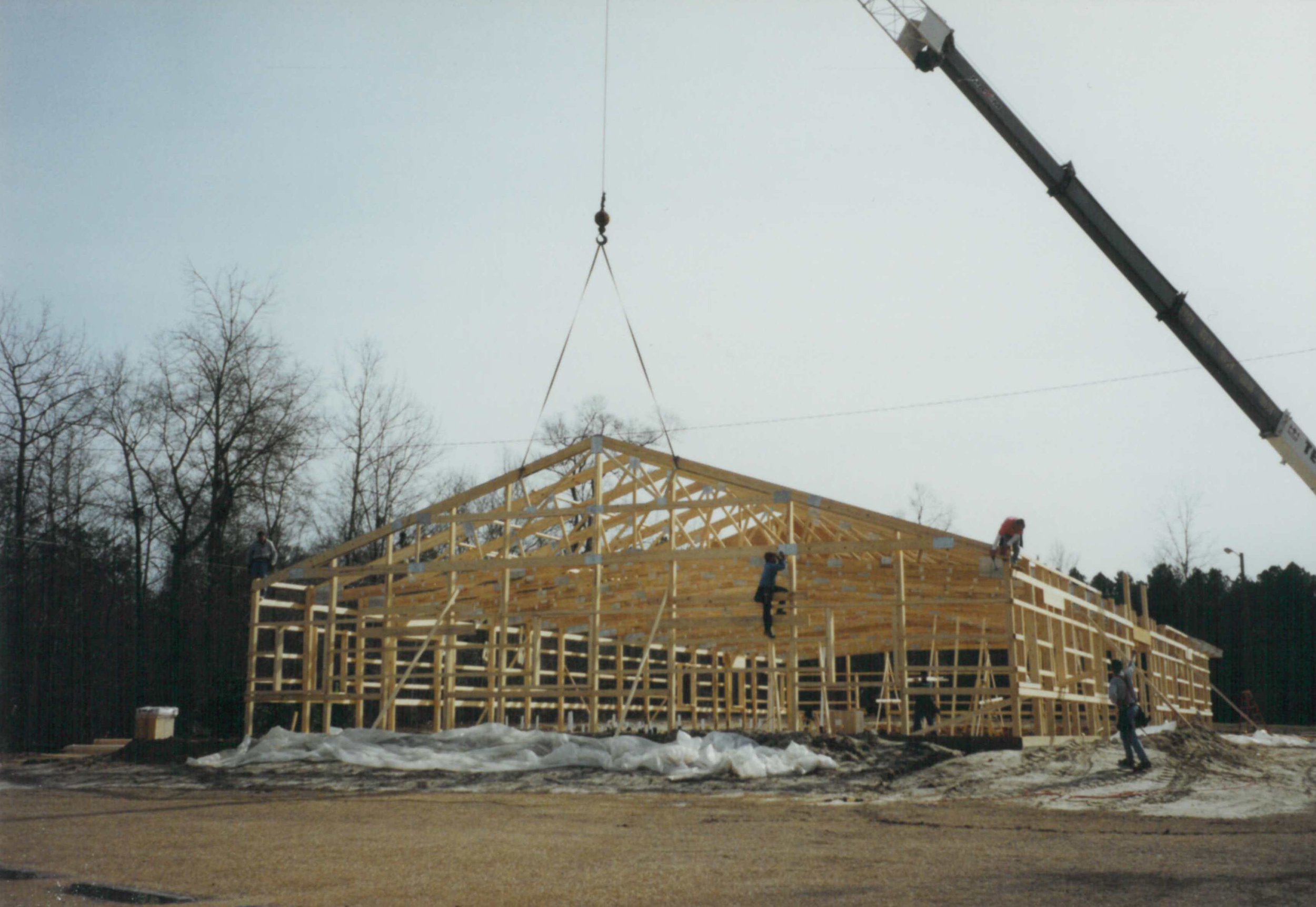
2004 - Building construction for the new Christian Life Center building.
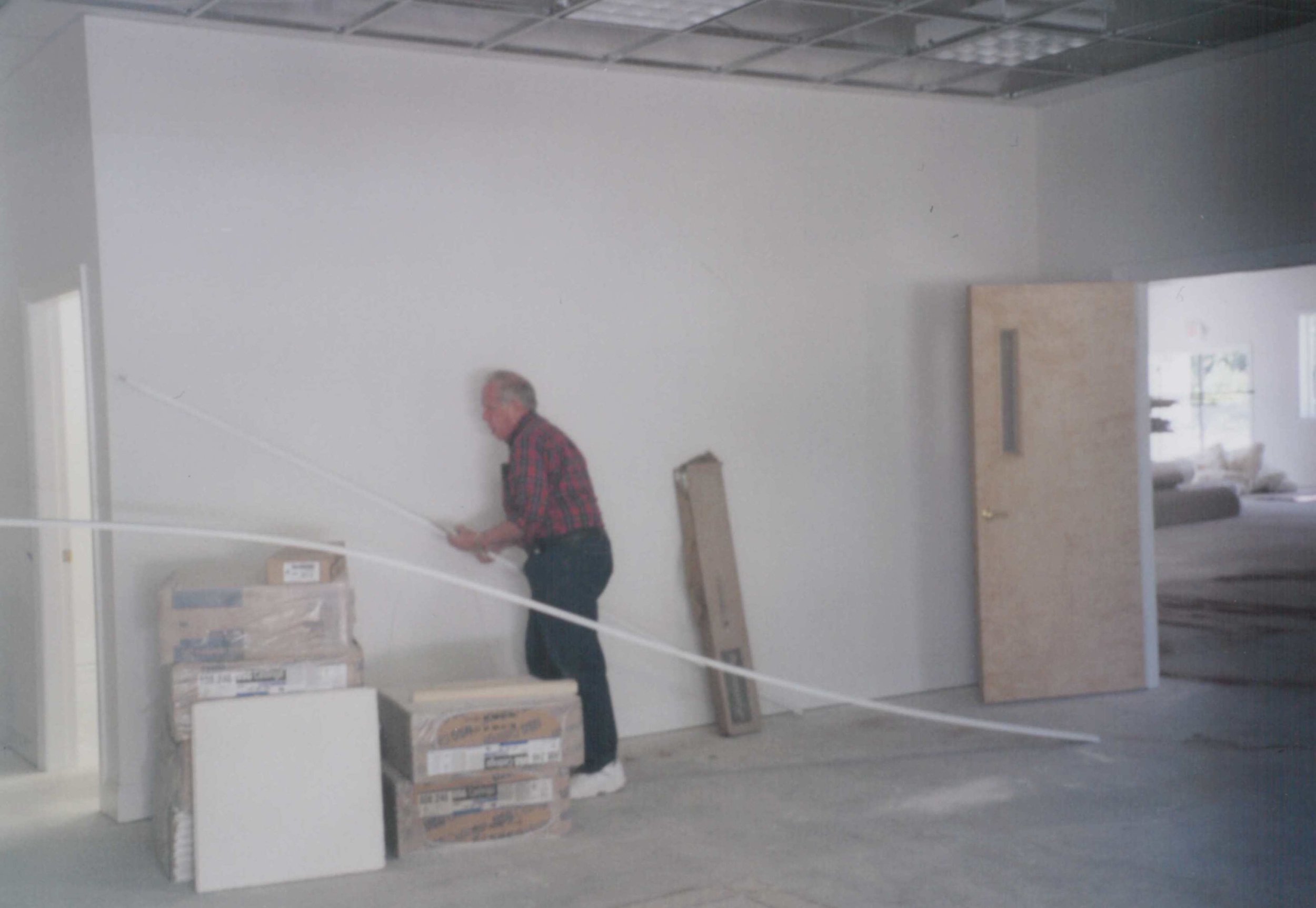
2004 - Building construction for the new Christian Life Center building.
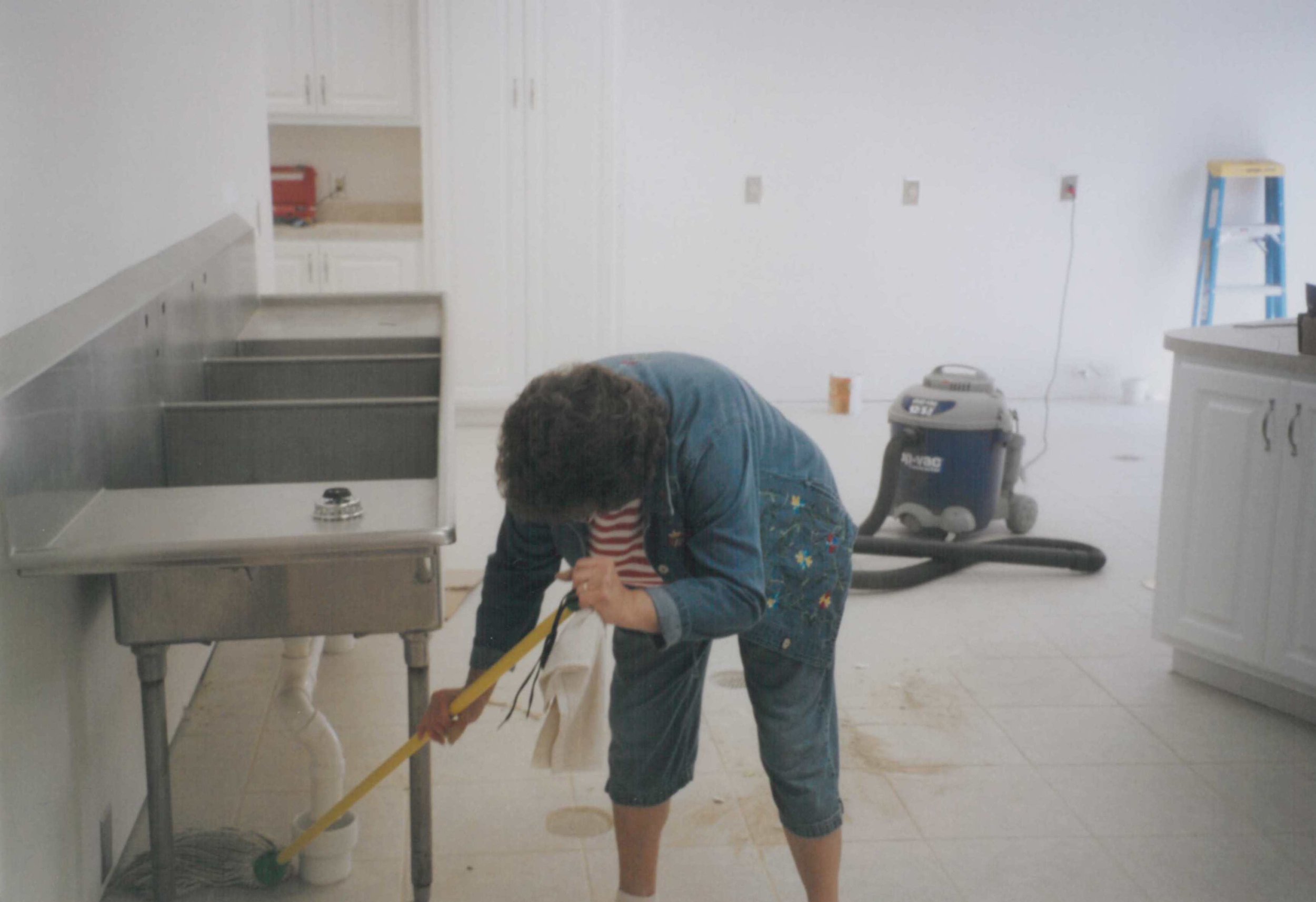
2004 - Building construction for the new Christian Life Center building.
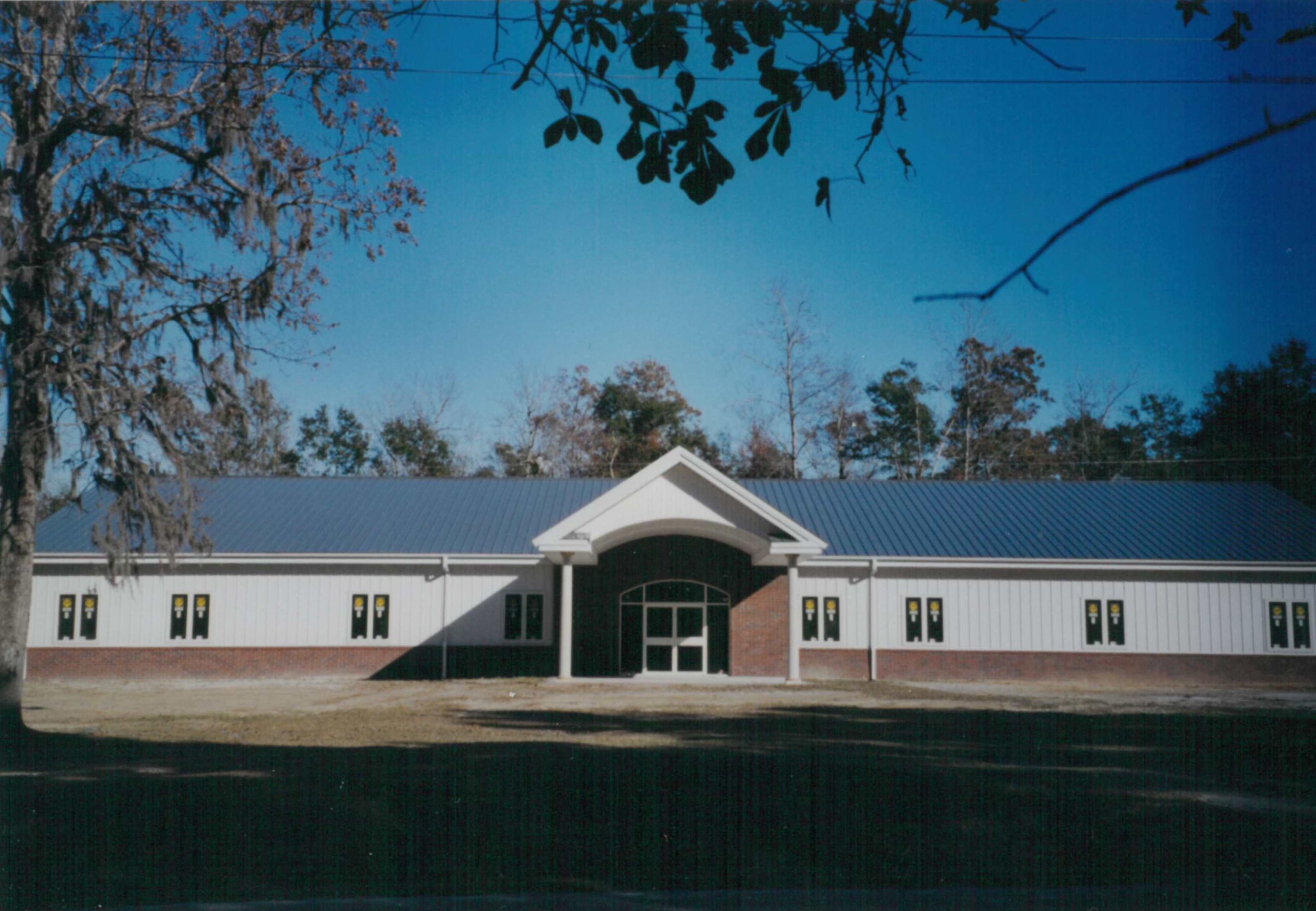
Moved from the old chapel to the new Wassamassaw Baptist Christian Life Center in 2005.
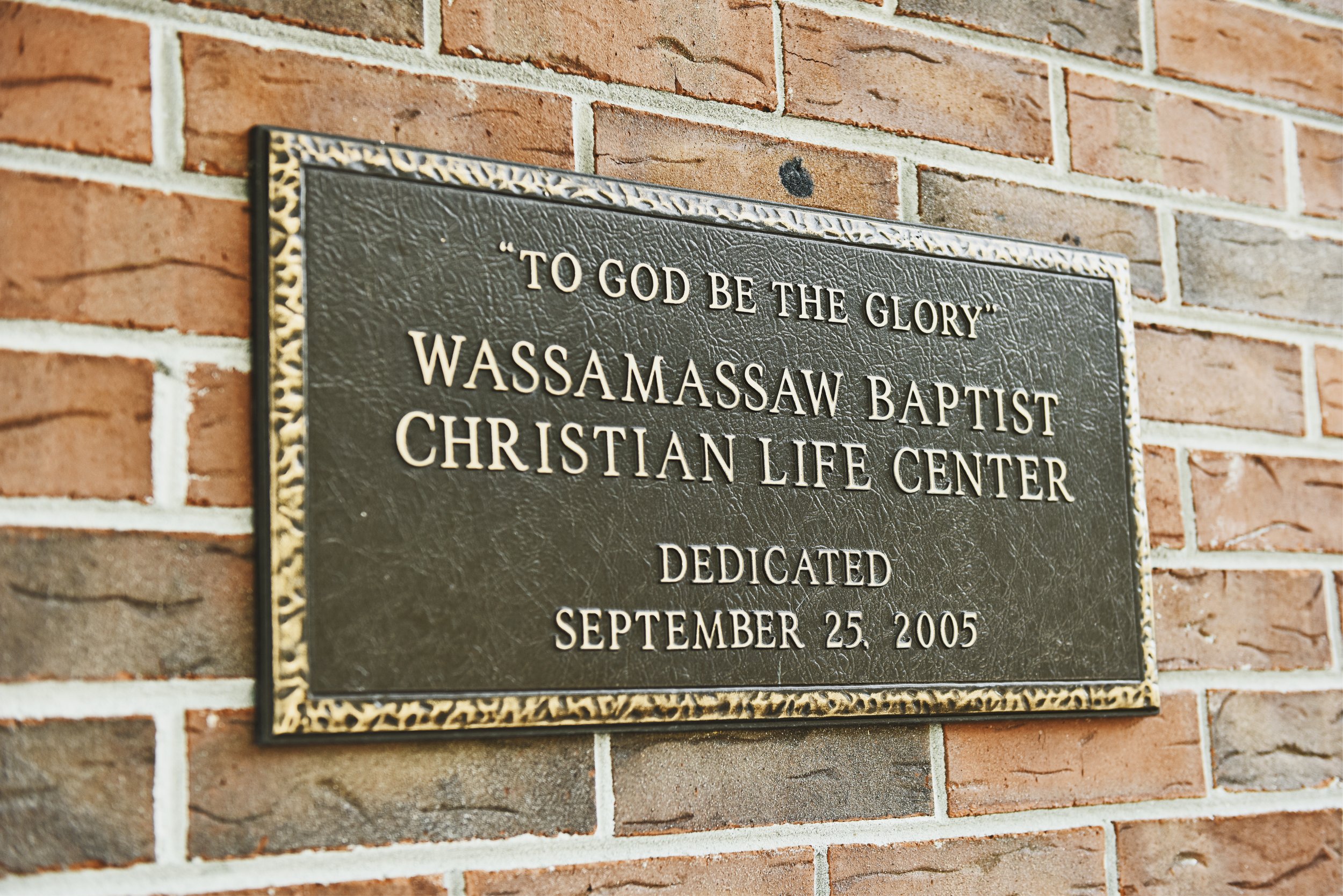
Moved from the old chapel to the new Wassamassaw Baptist Christian Life Center in 2005.
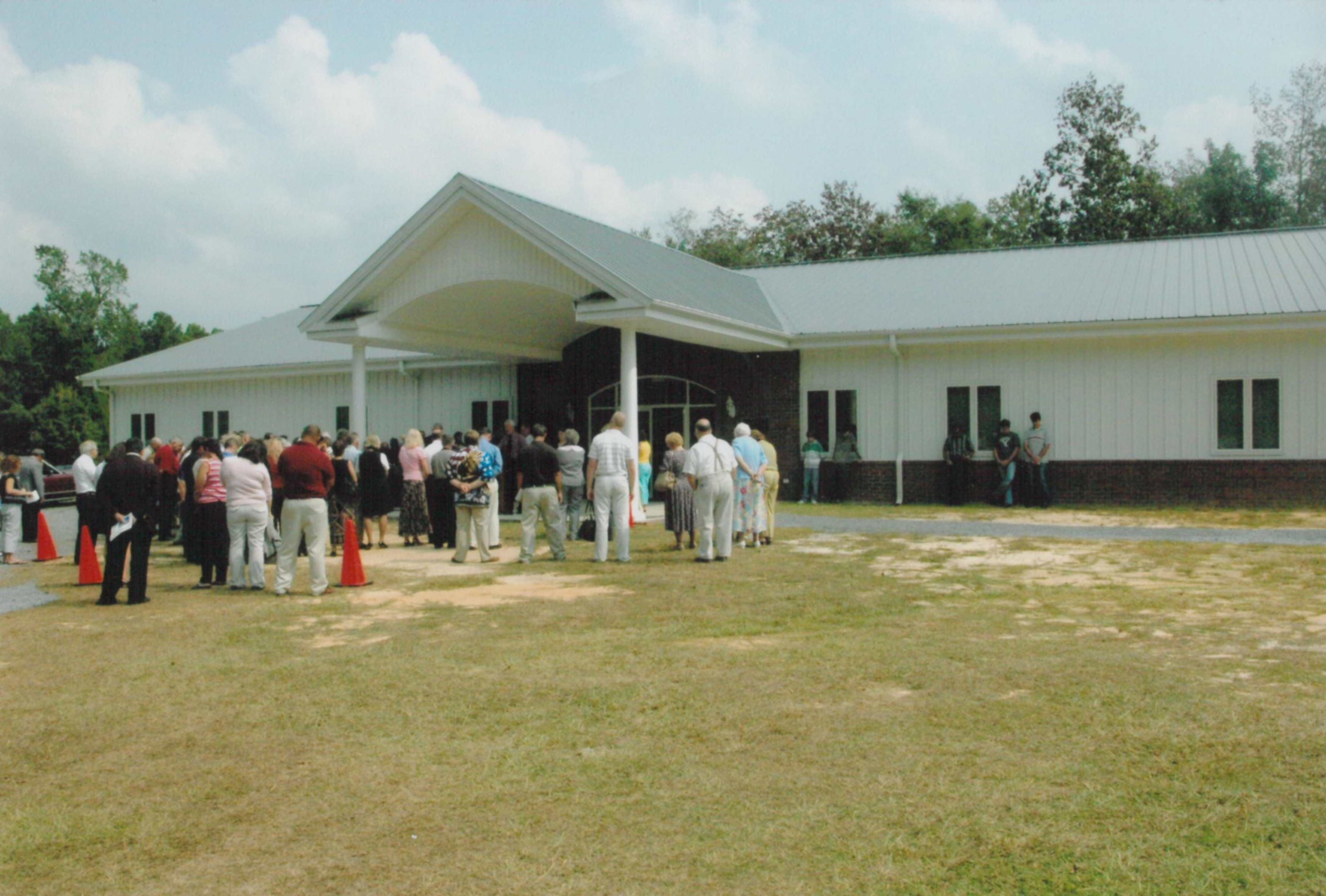
Moved from the old chapel to the new Wassamassaw Baptist Christian Life Center in 2005.

Artist sketch of new Worship Center building

Ground Breaking Ceremony for New Worship Center 2018

New Worship Center Construction Process (2018-2020)
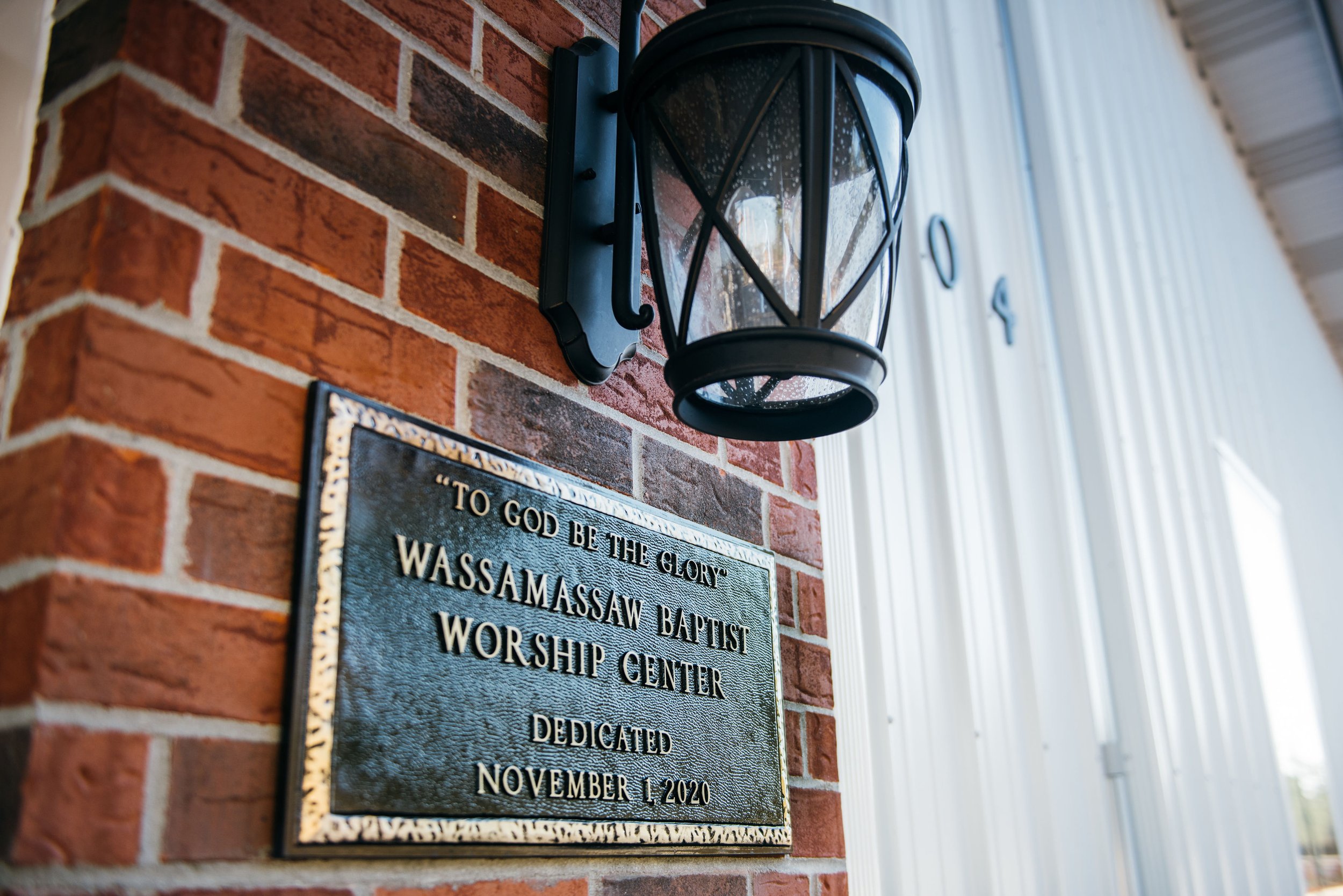
New Worship Center (Dedicated November 1, 2020)
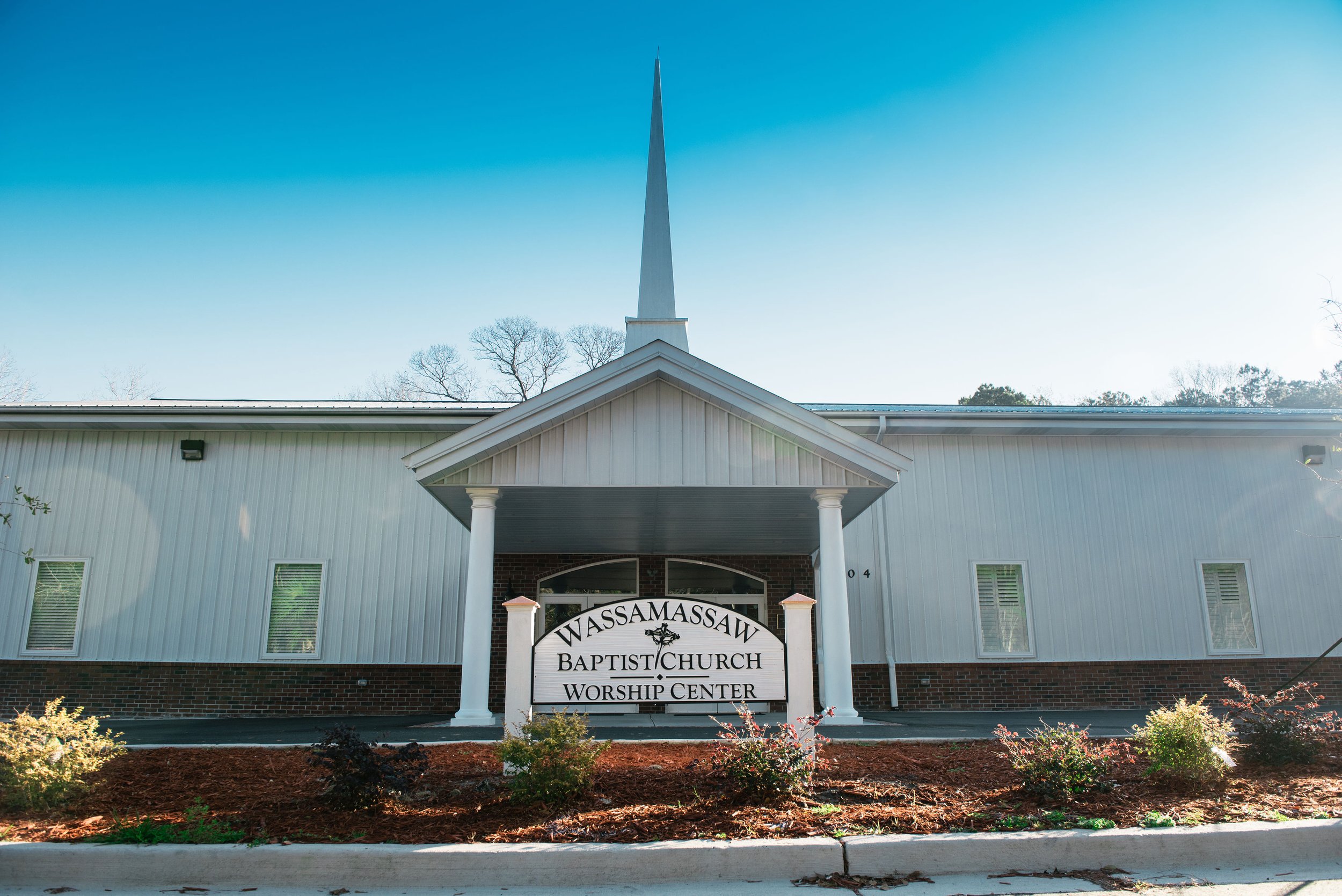
New Worship Center (Dedicated November 1, 2020)

New Worship Center (Dedicated November 1, 2020)
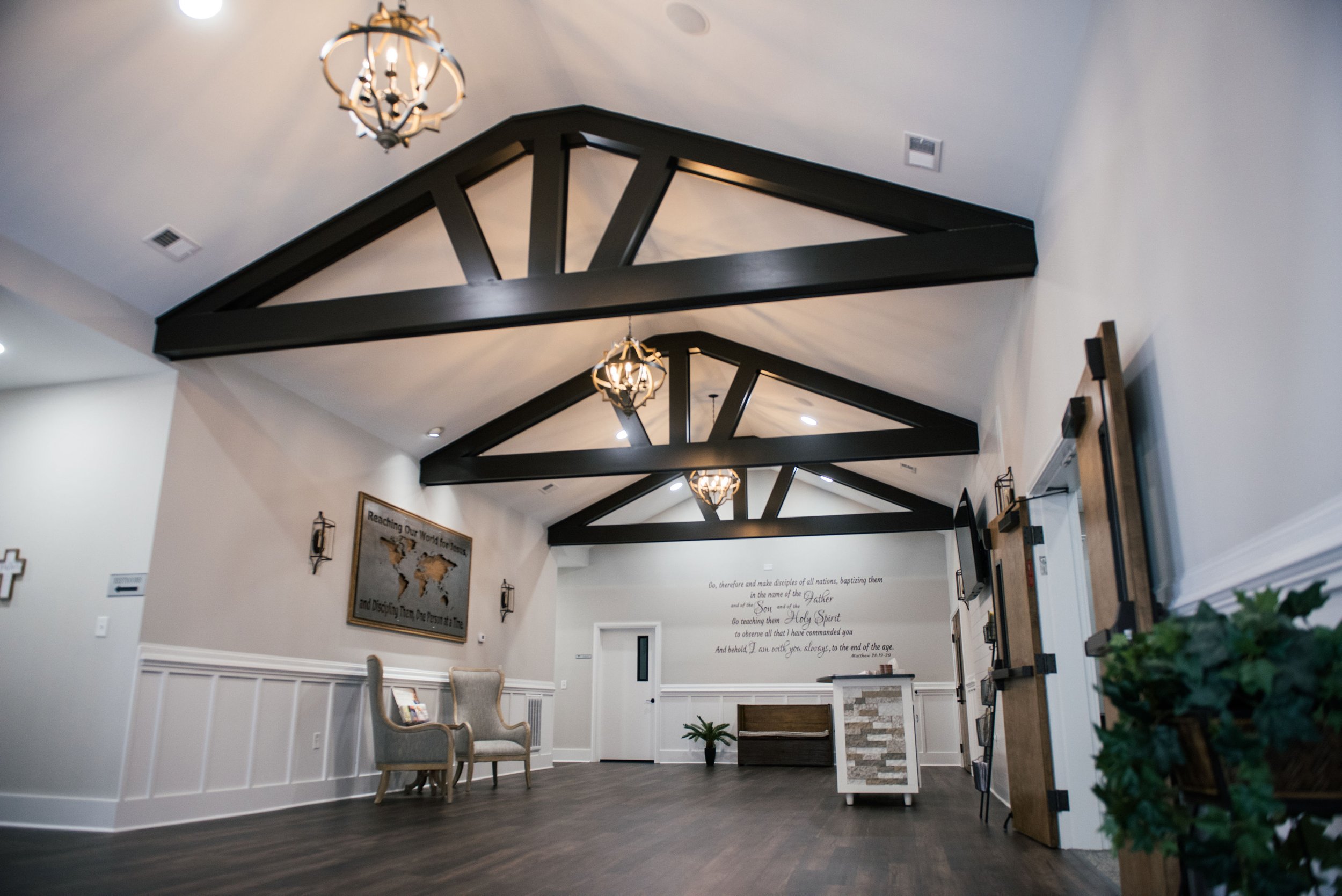
New Worship Center (Dedicated November 1, 2020)

New Worship Center (Dedicated November 1, 2020)
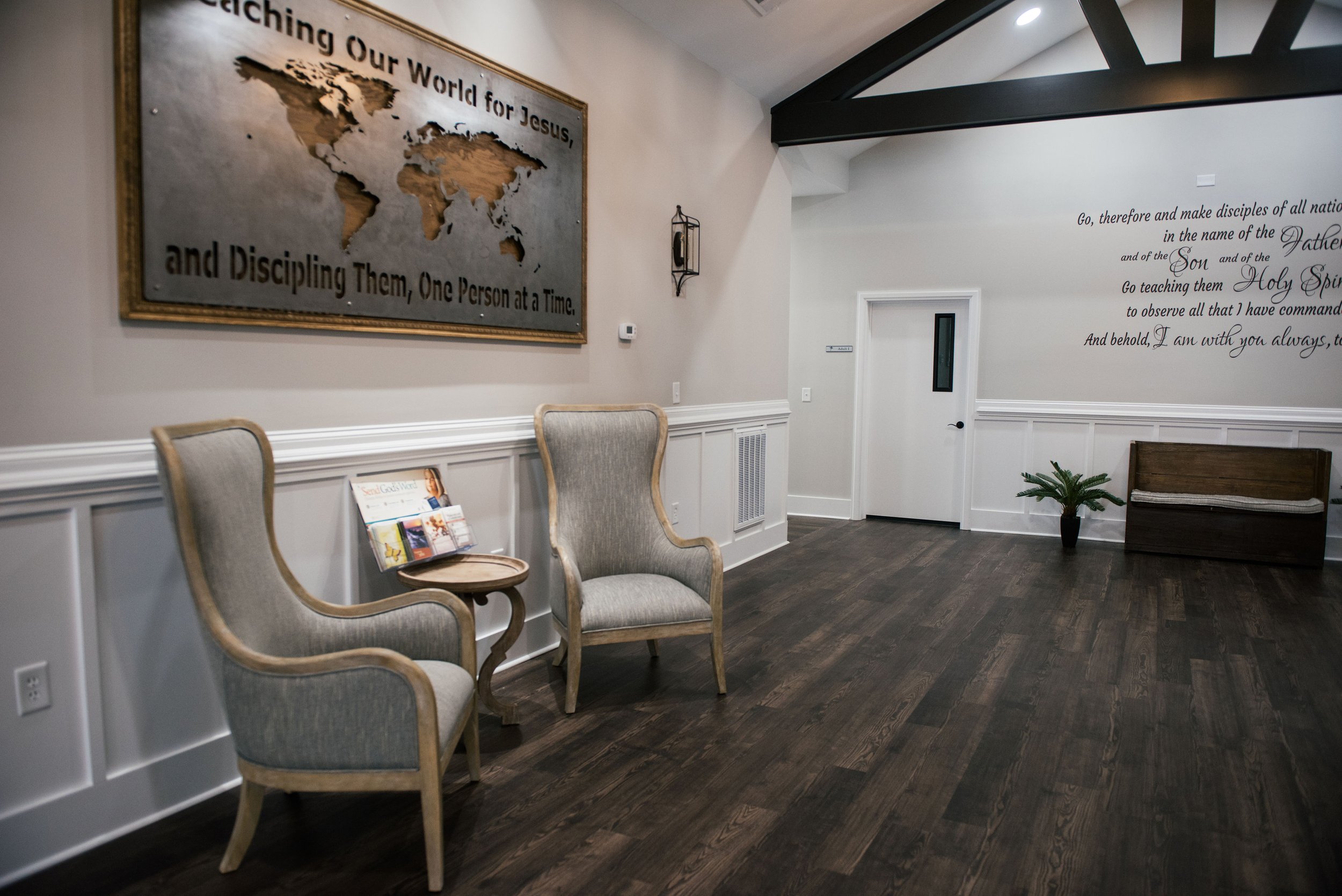
New Worship Center (Dedicated November 1, 2020)

New Worship Center & Christian Life Center
Sources Cited:
West, W. Edgar, Sr. Berkeley County Baptist. Edited by B. Wallace Edwards. 1953. pp. 14-25.
Heitzler, Michael J. Ed. D. Wassamassaw and Beyond. City of Goose Creek, S.C. June 2017.
